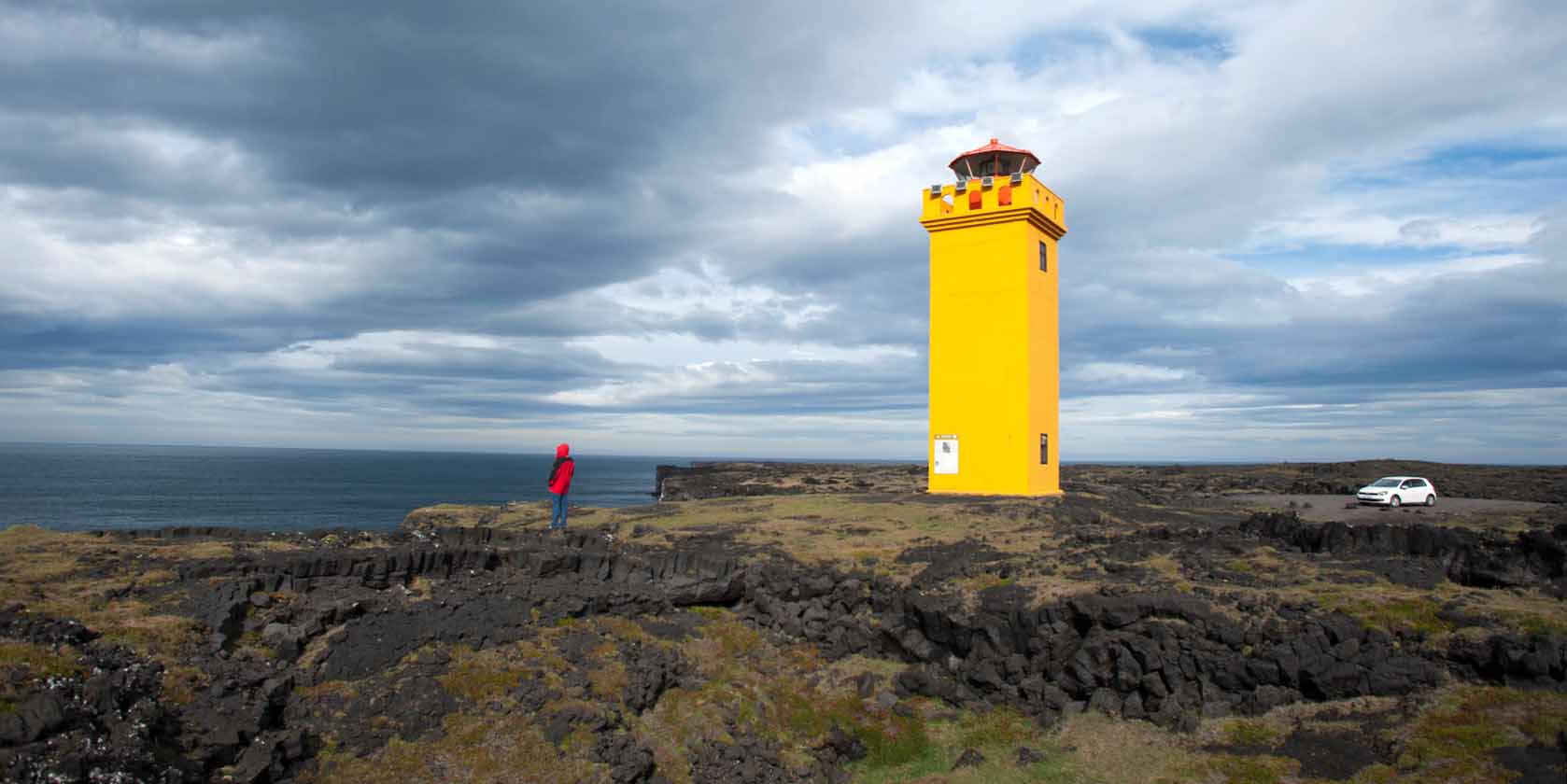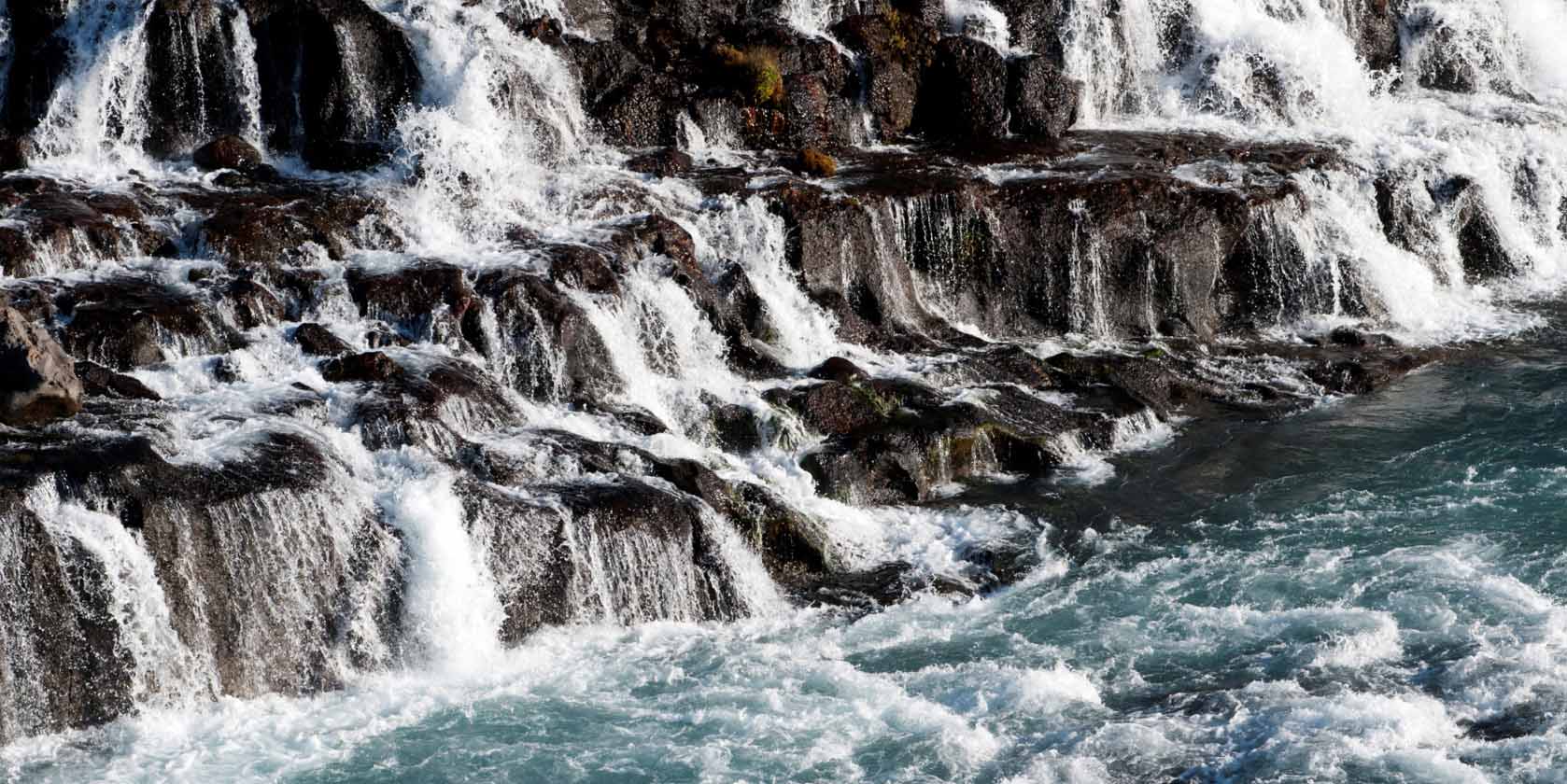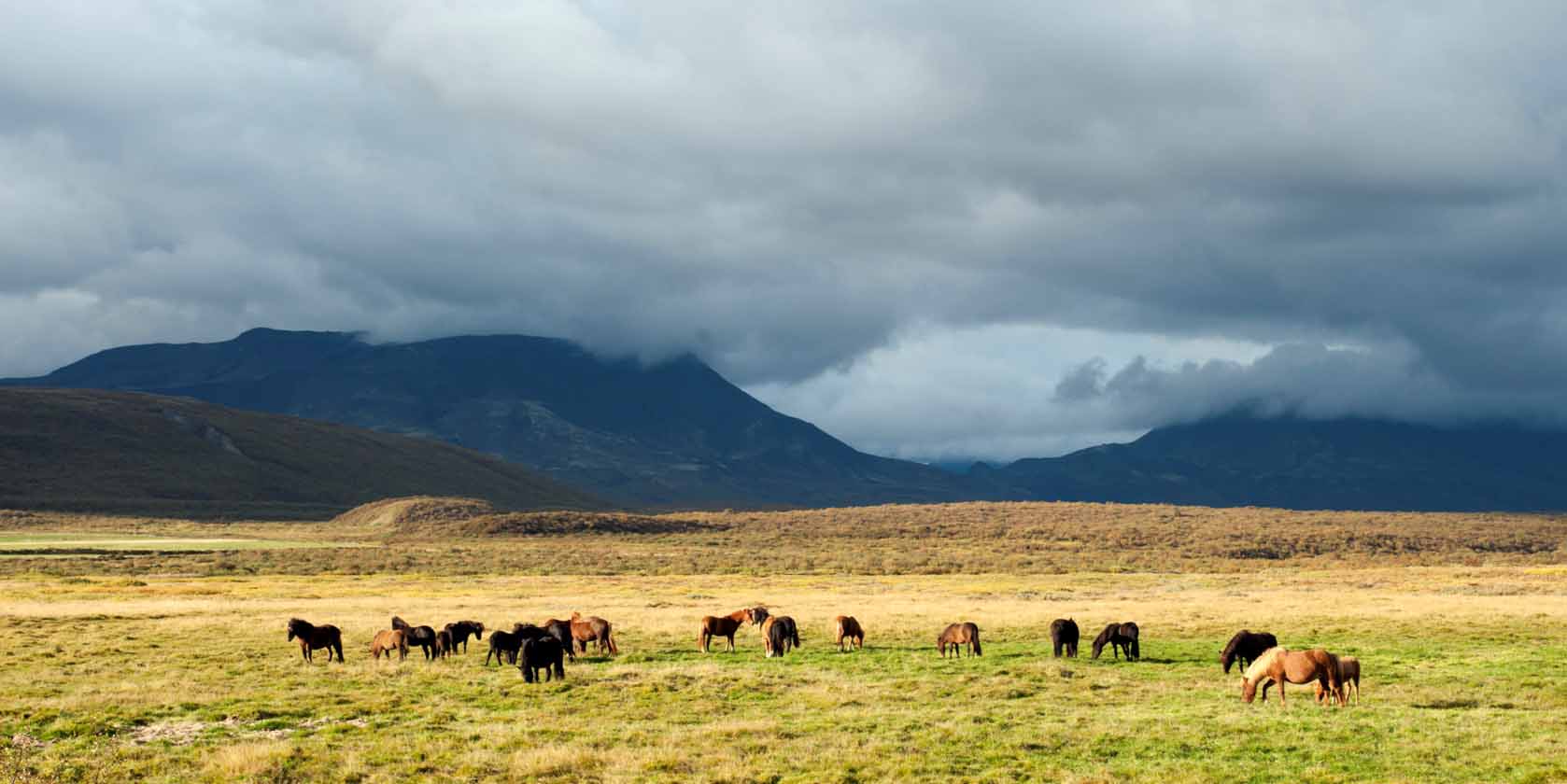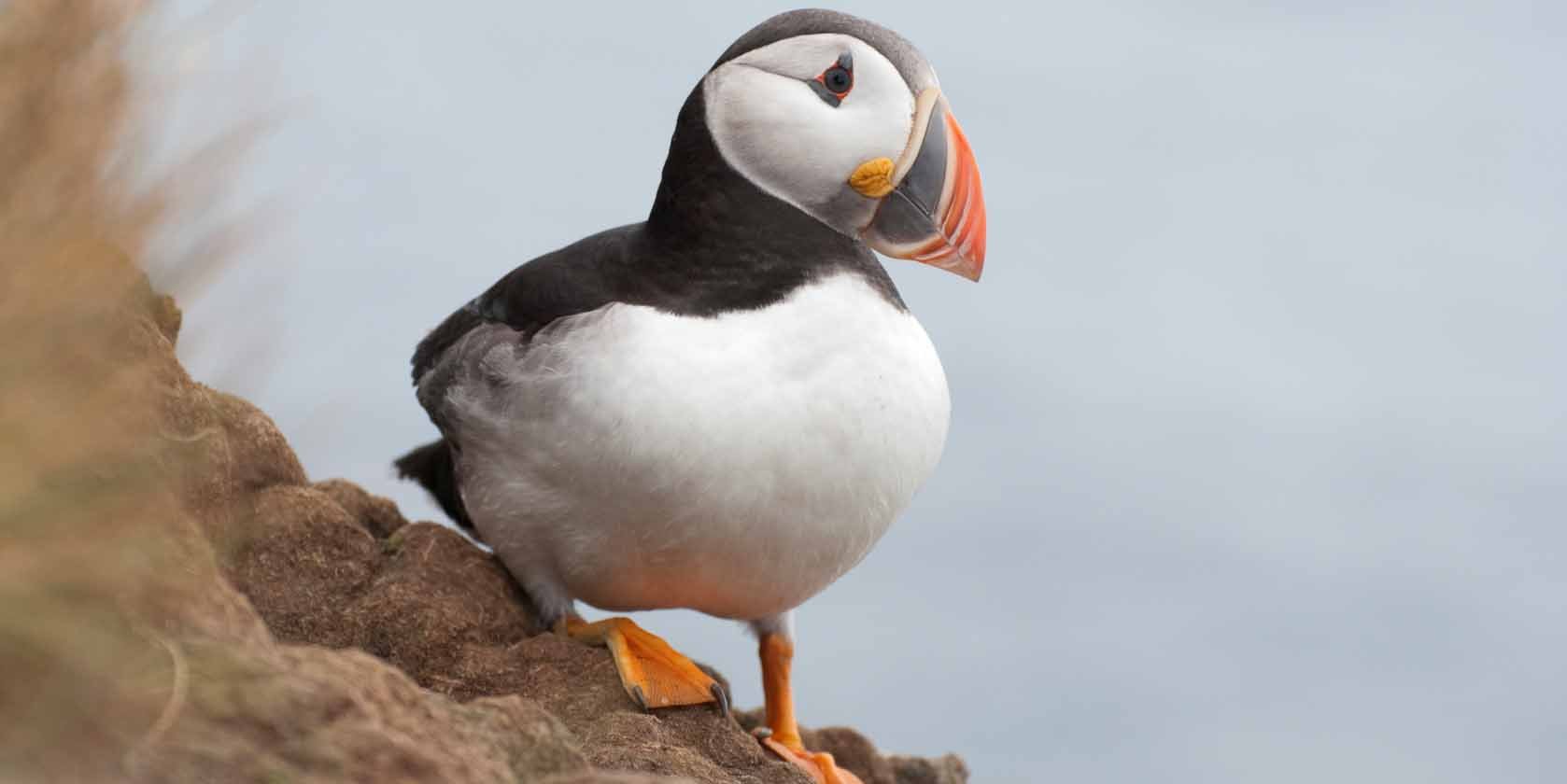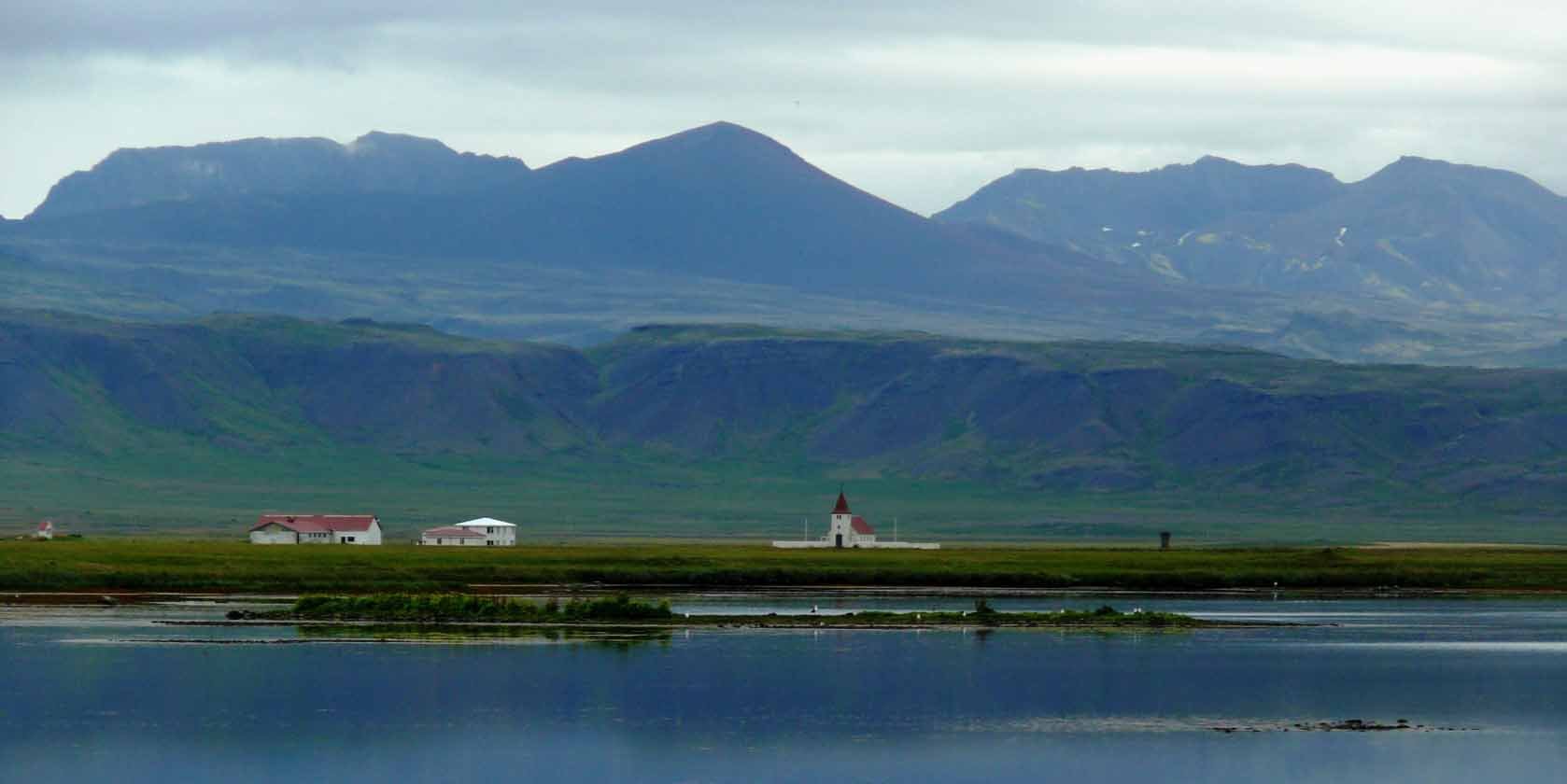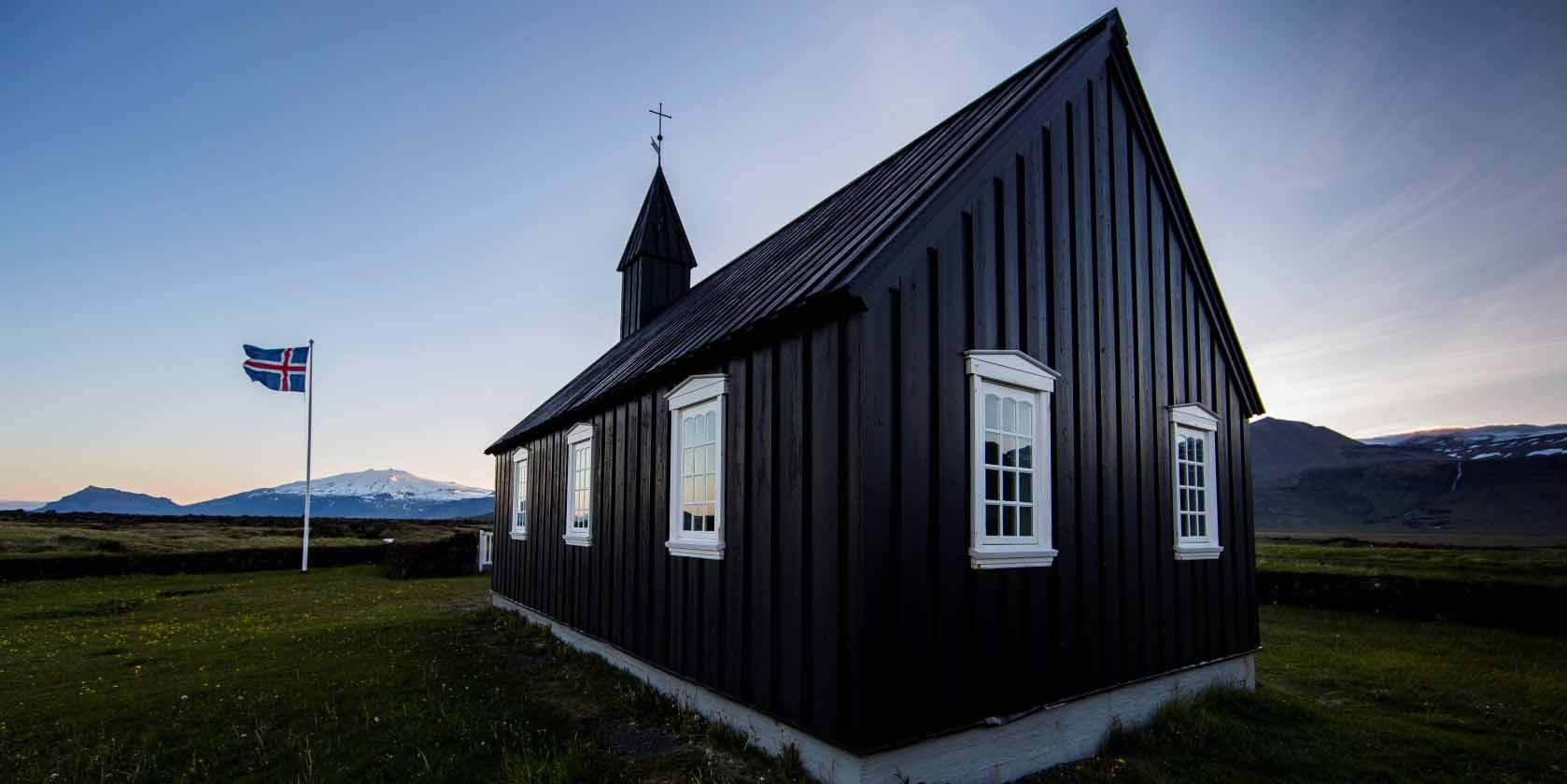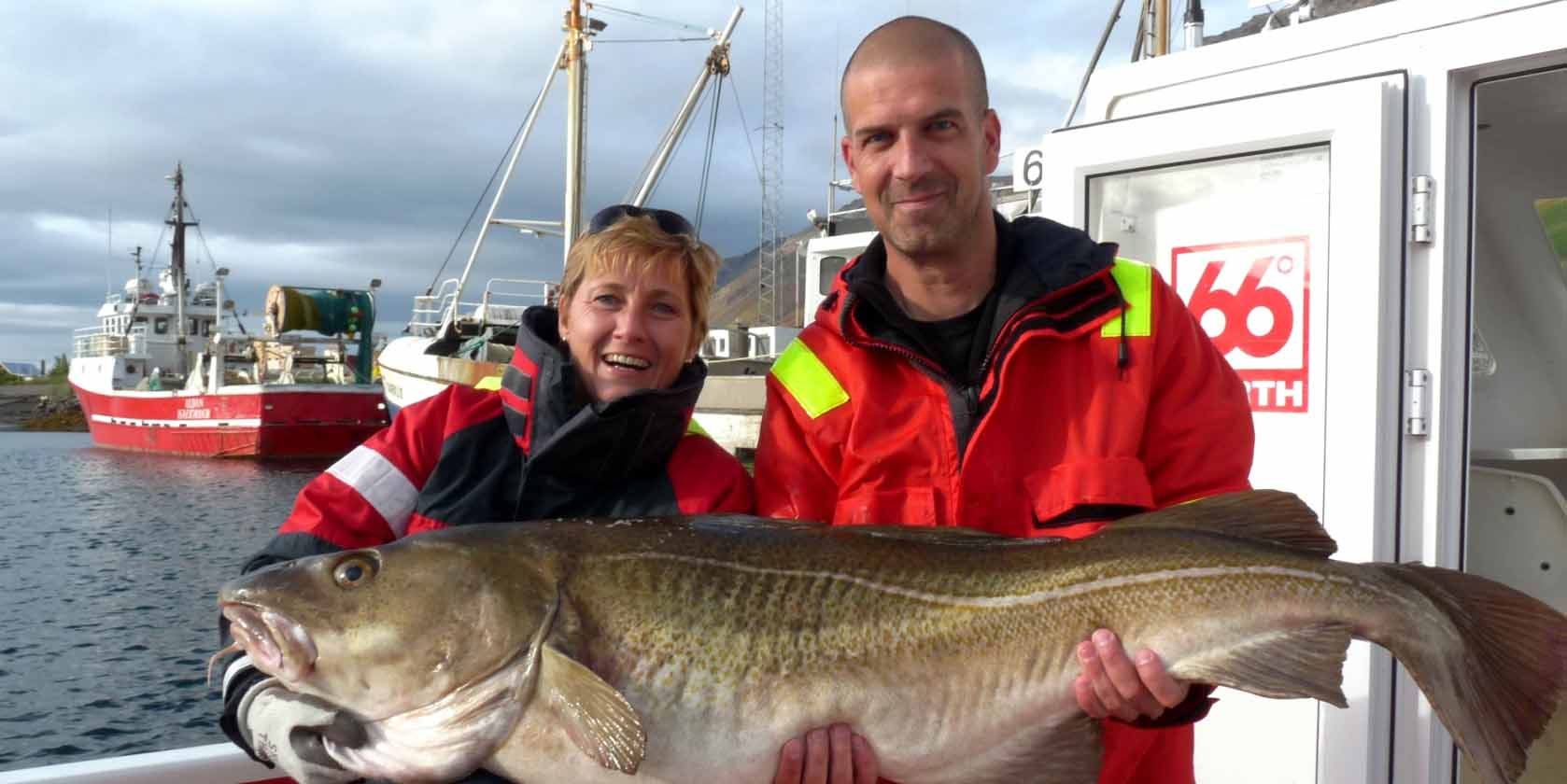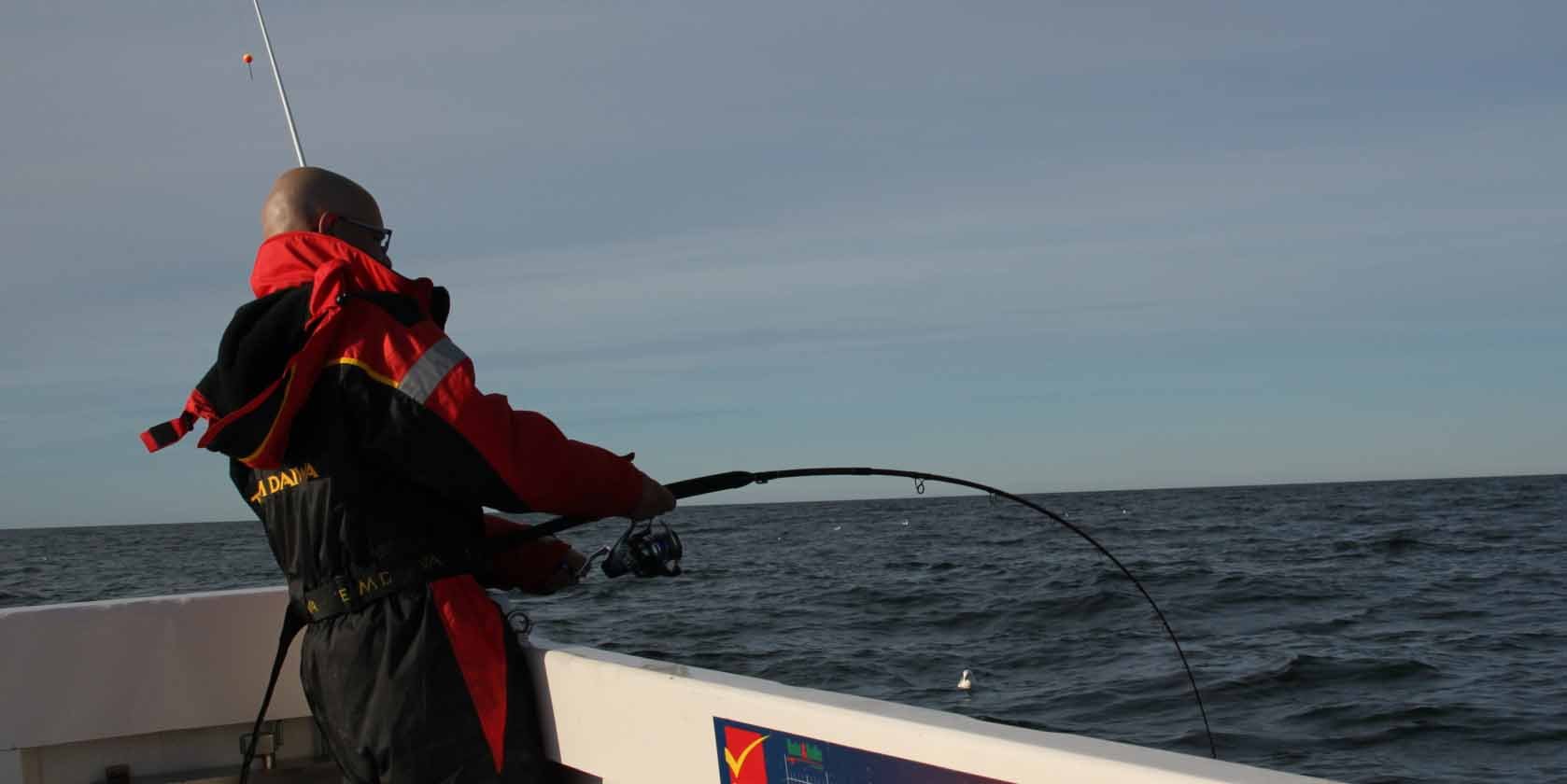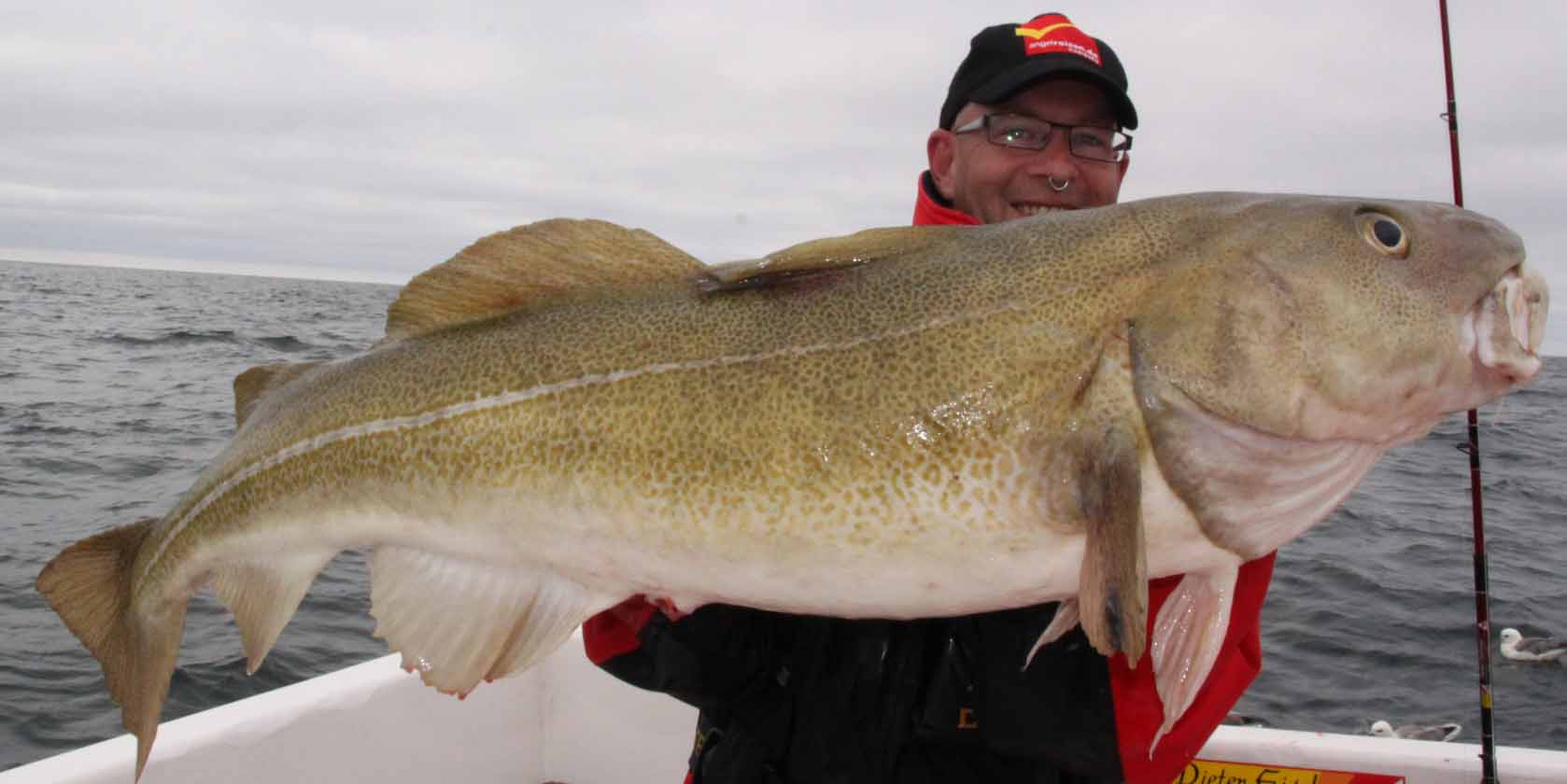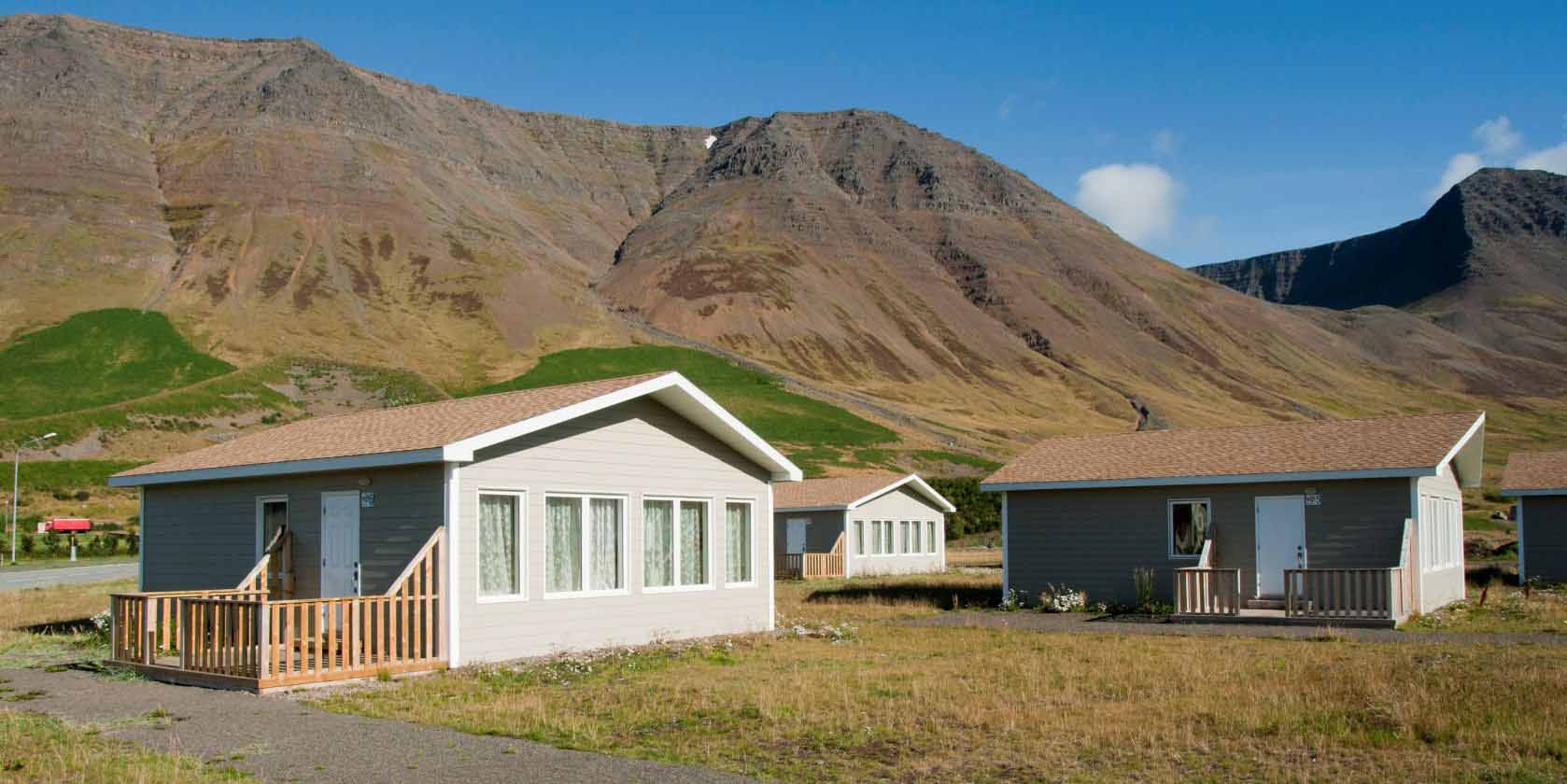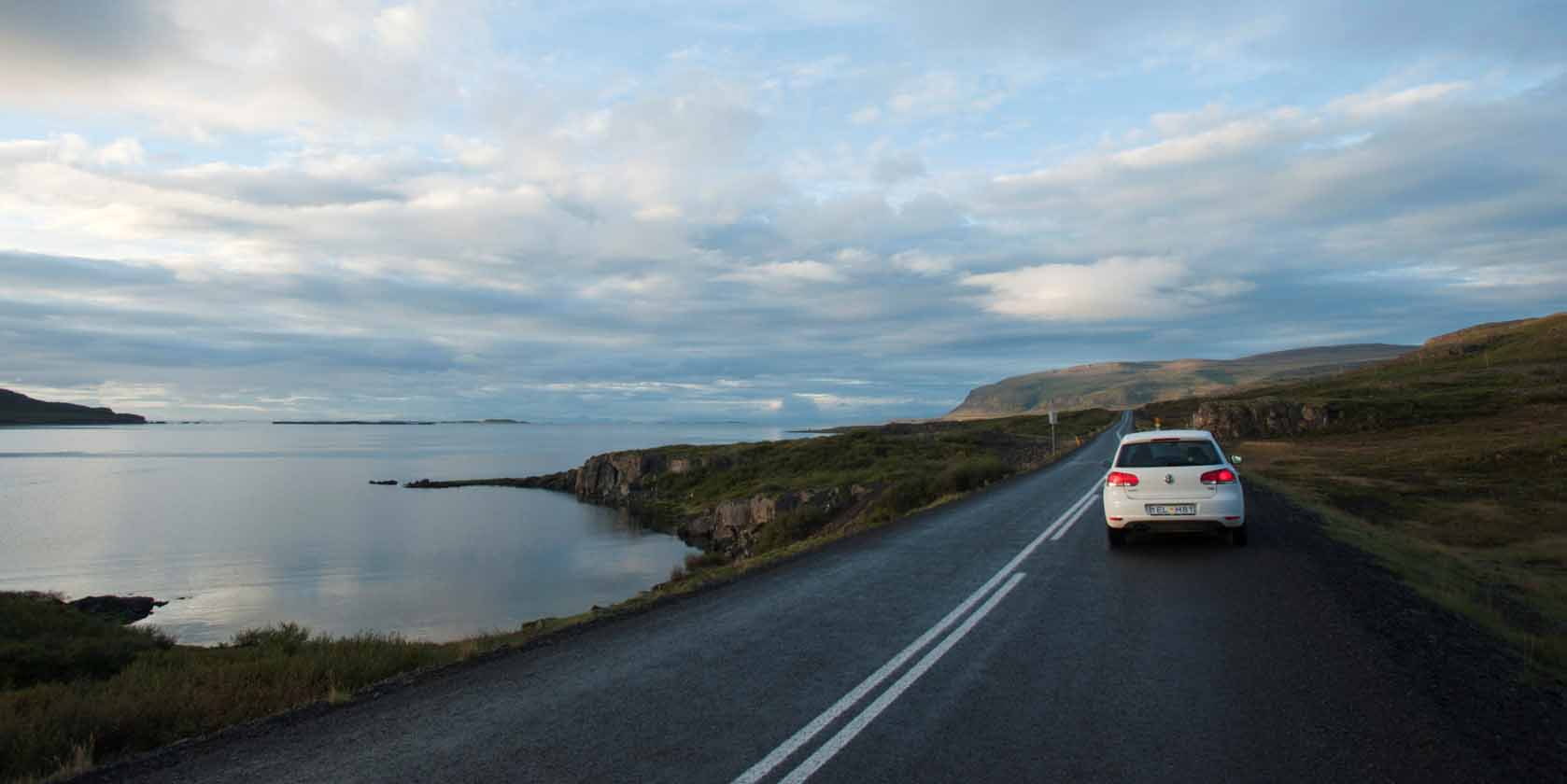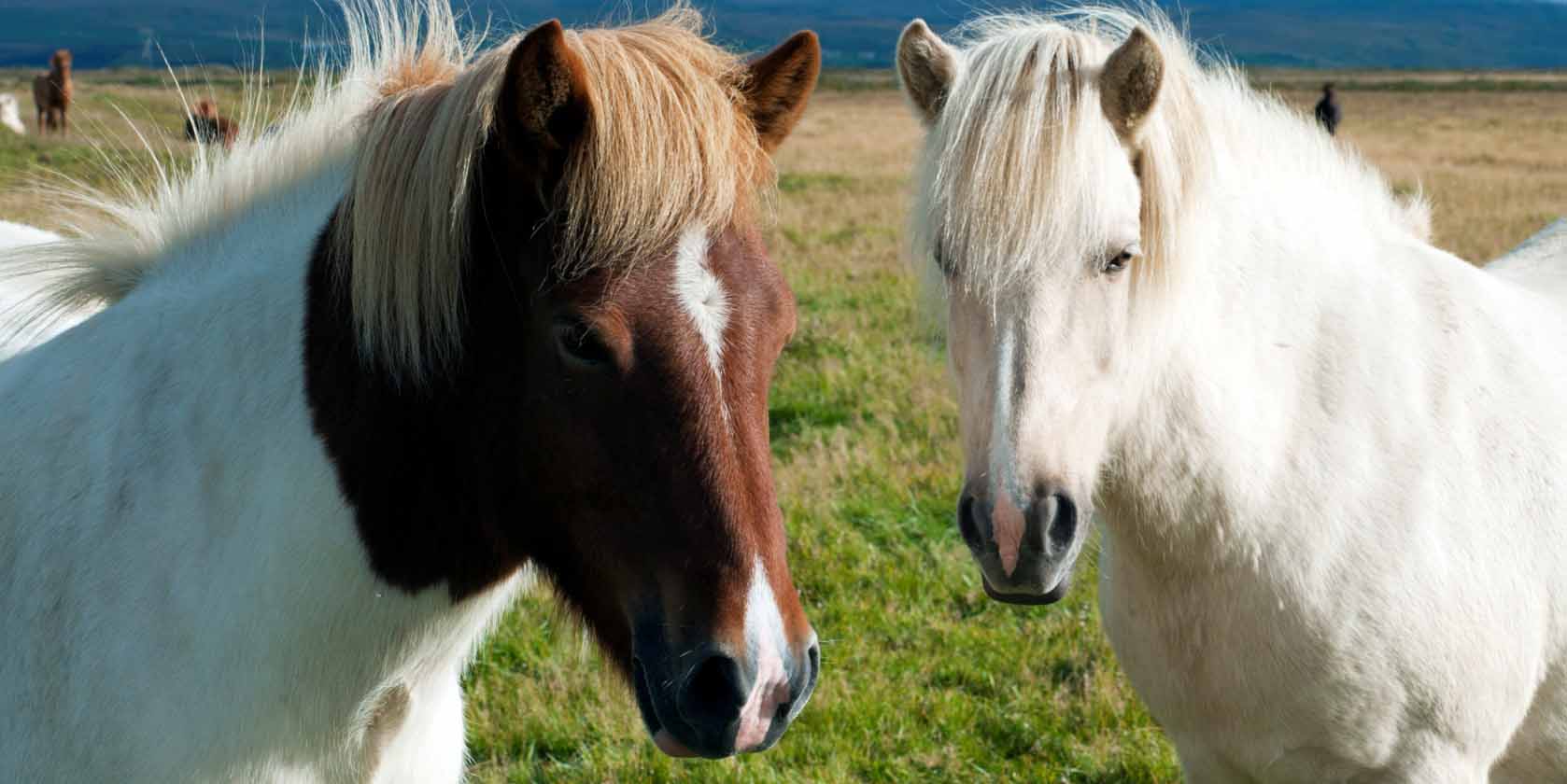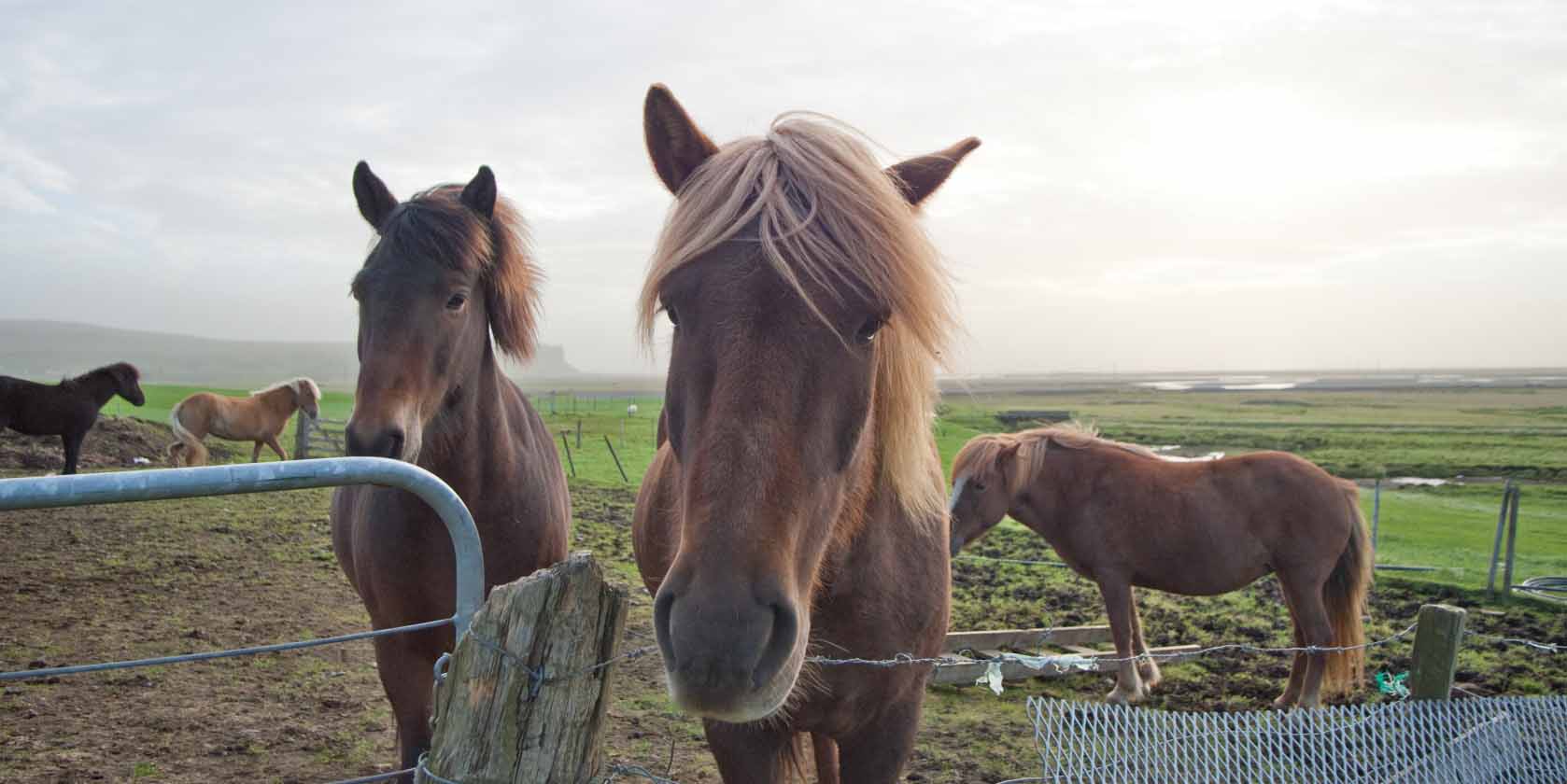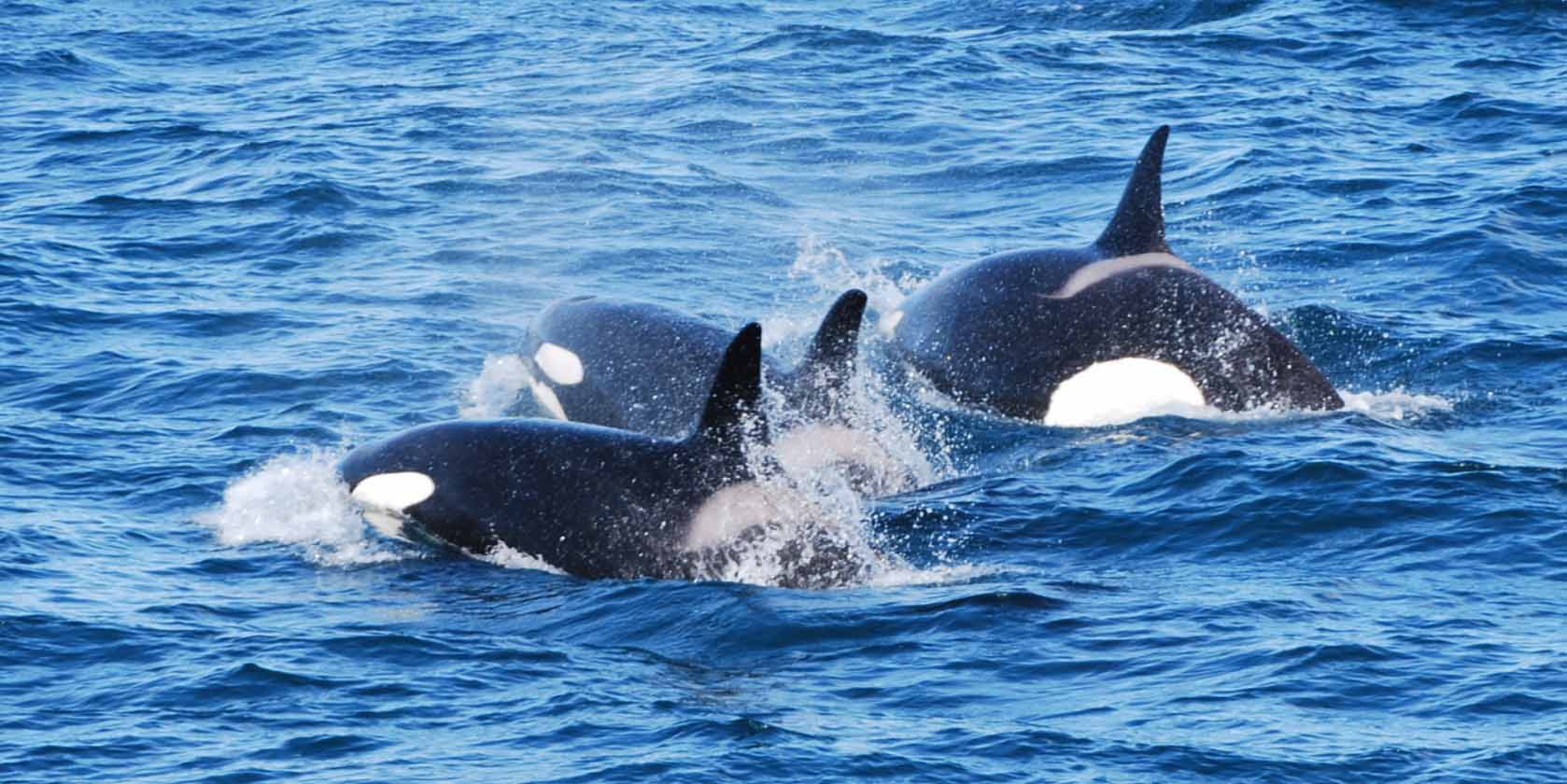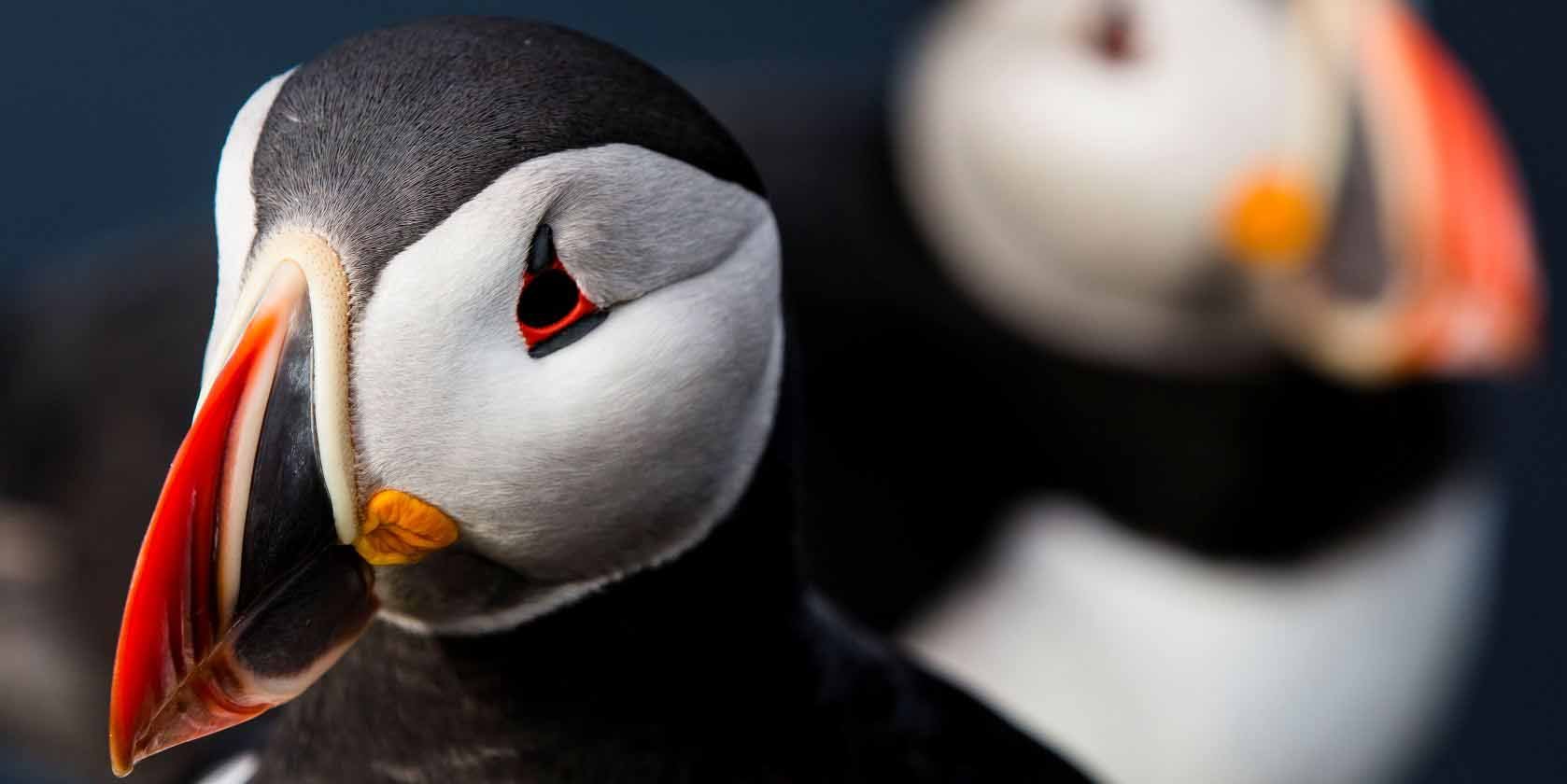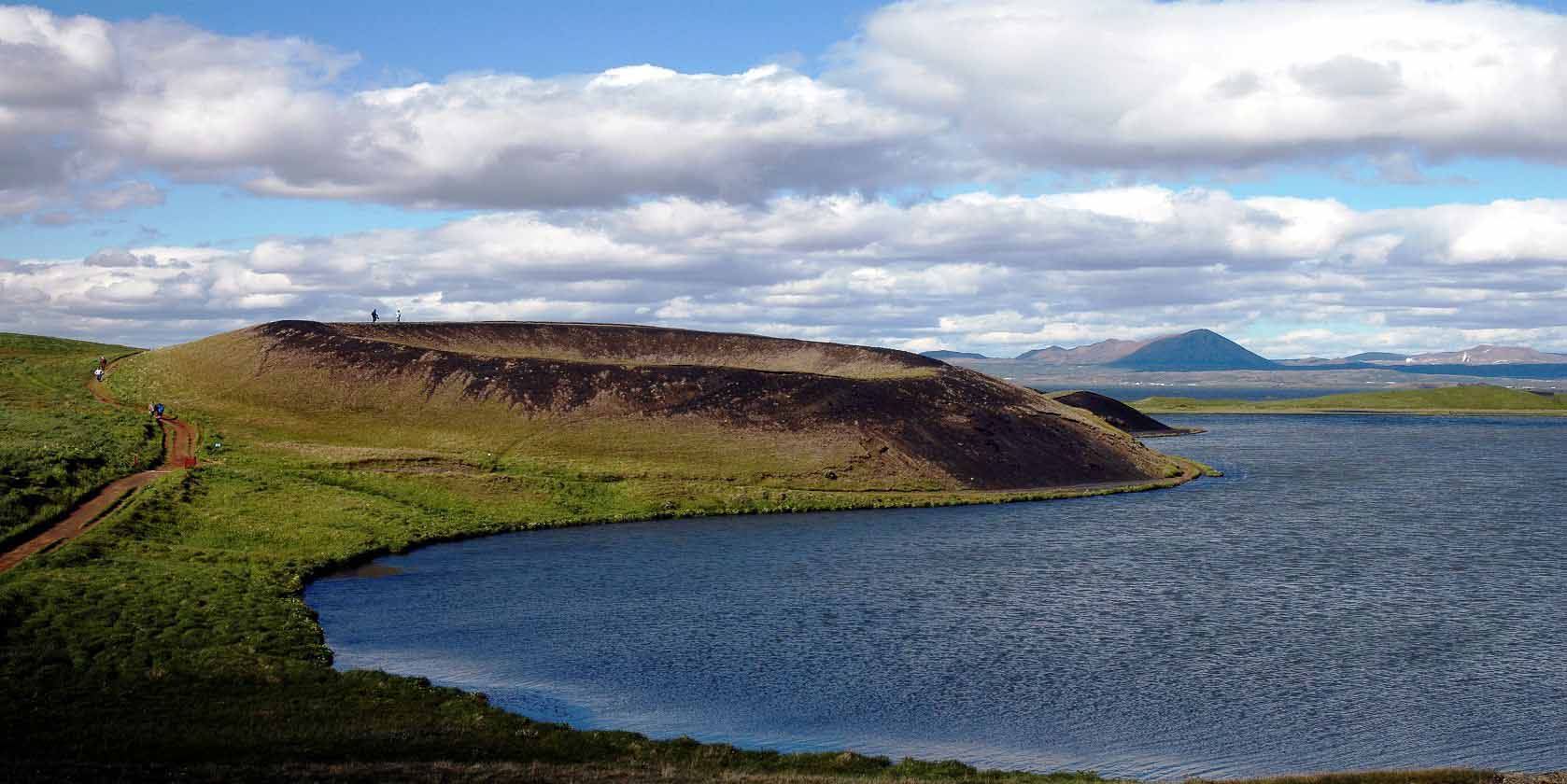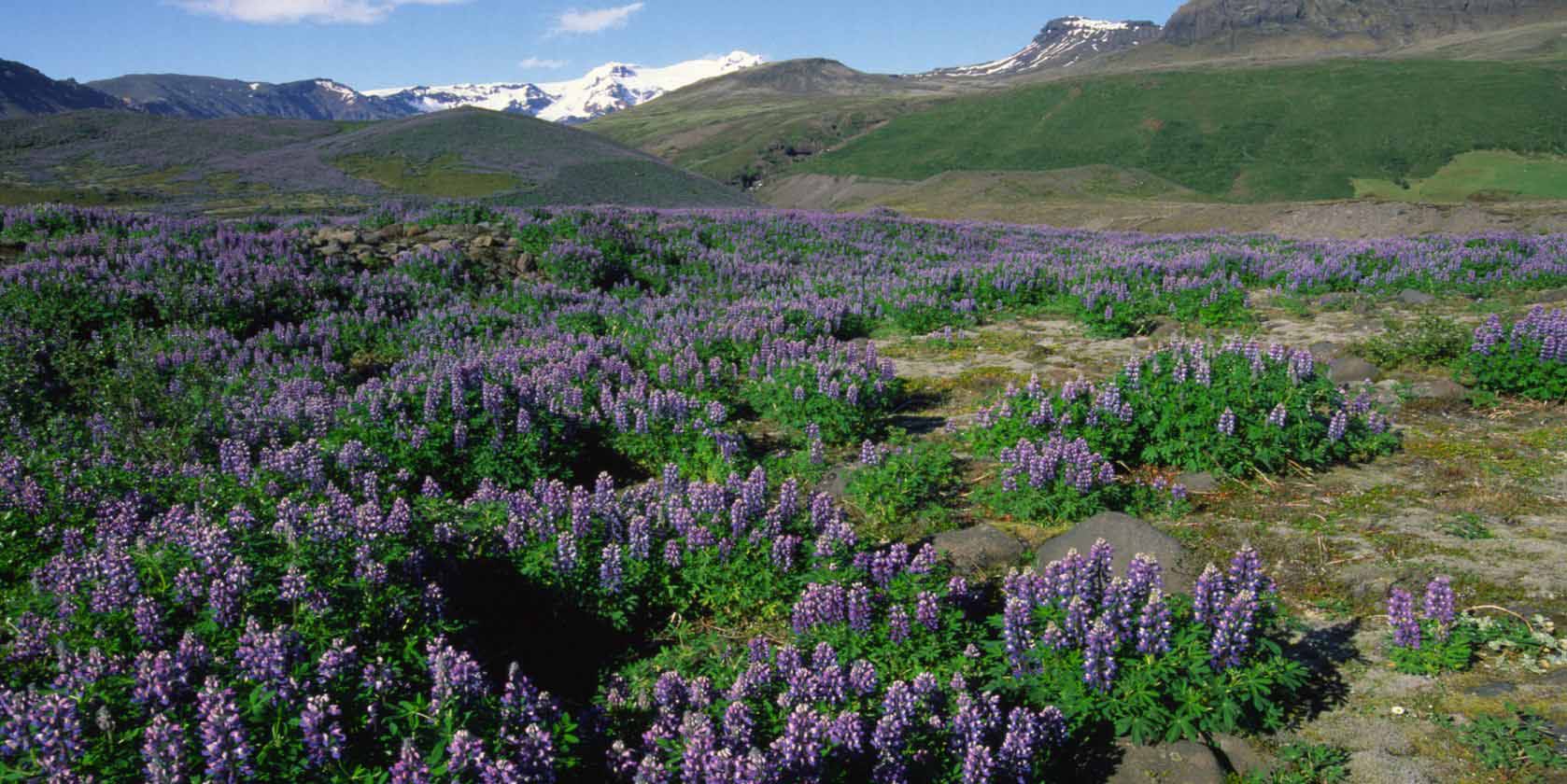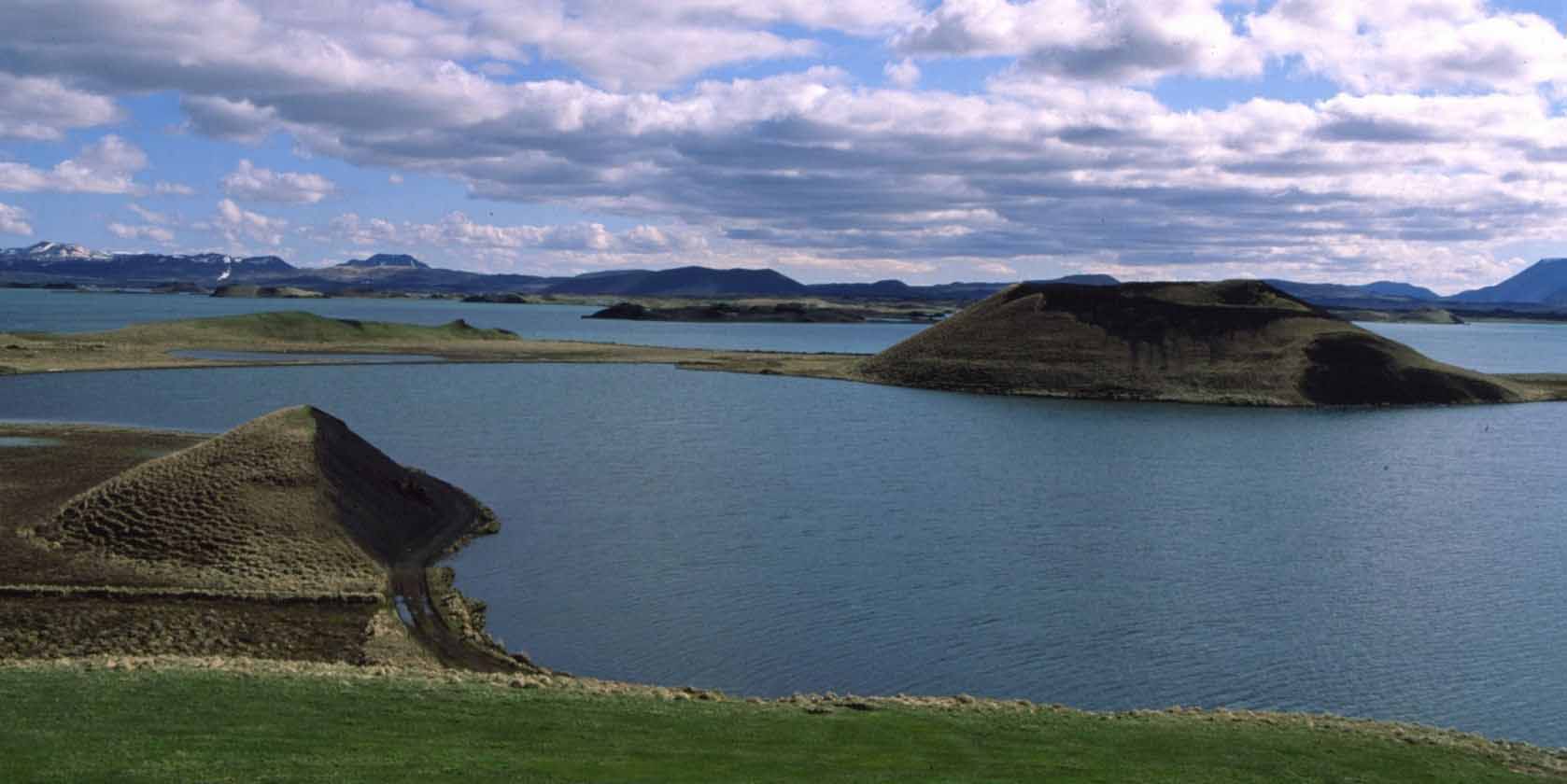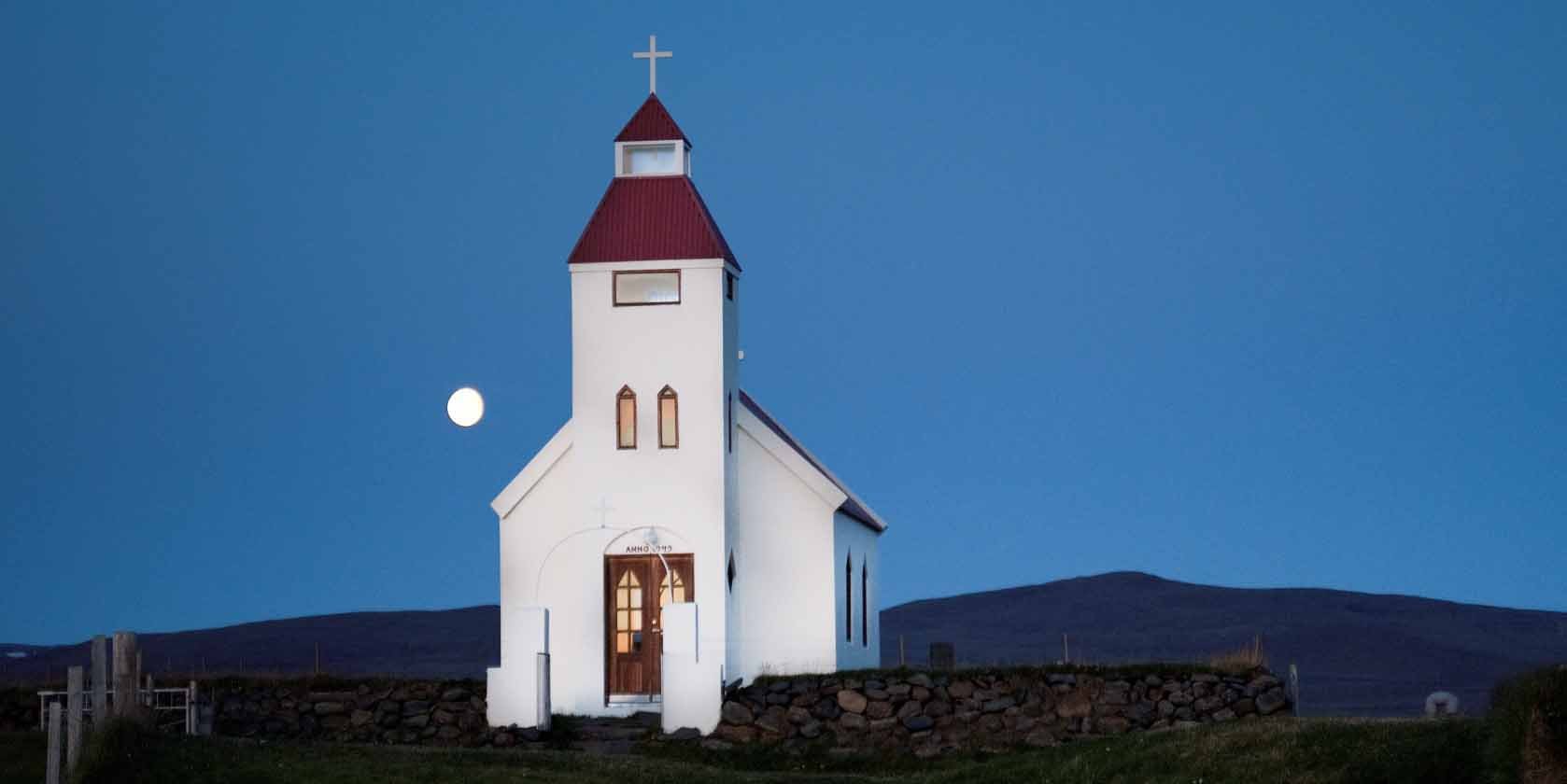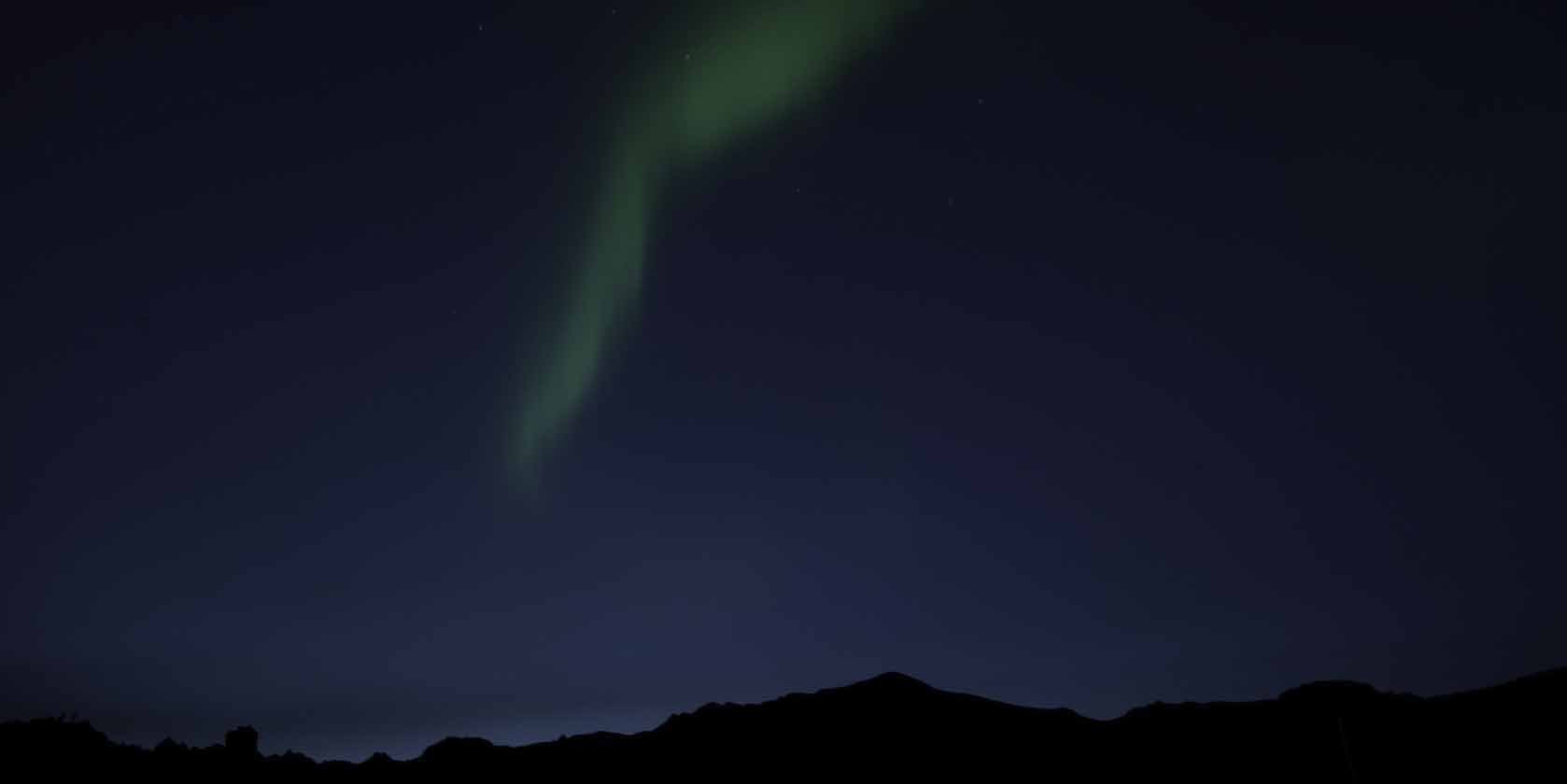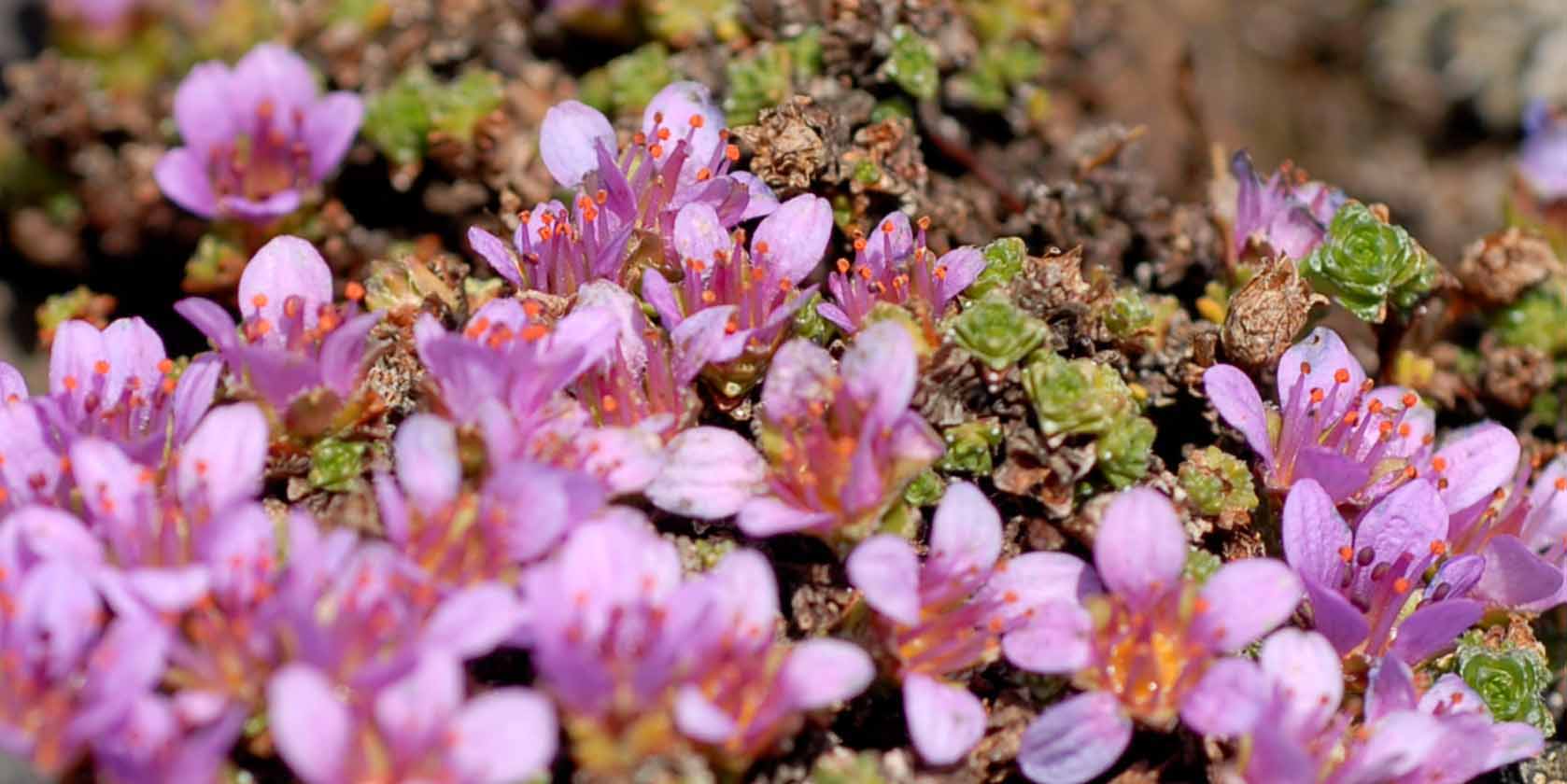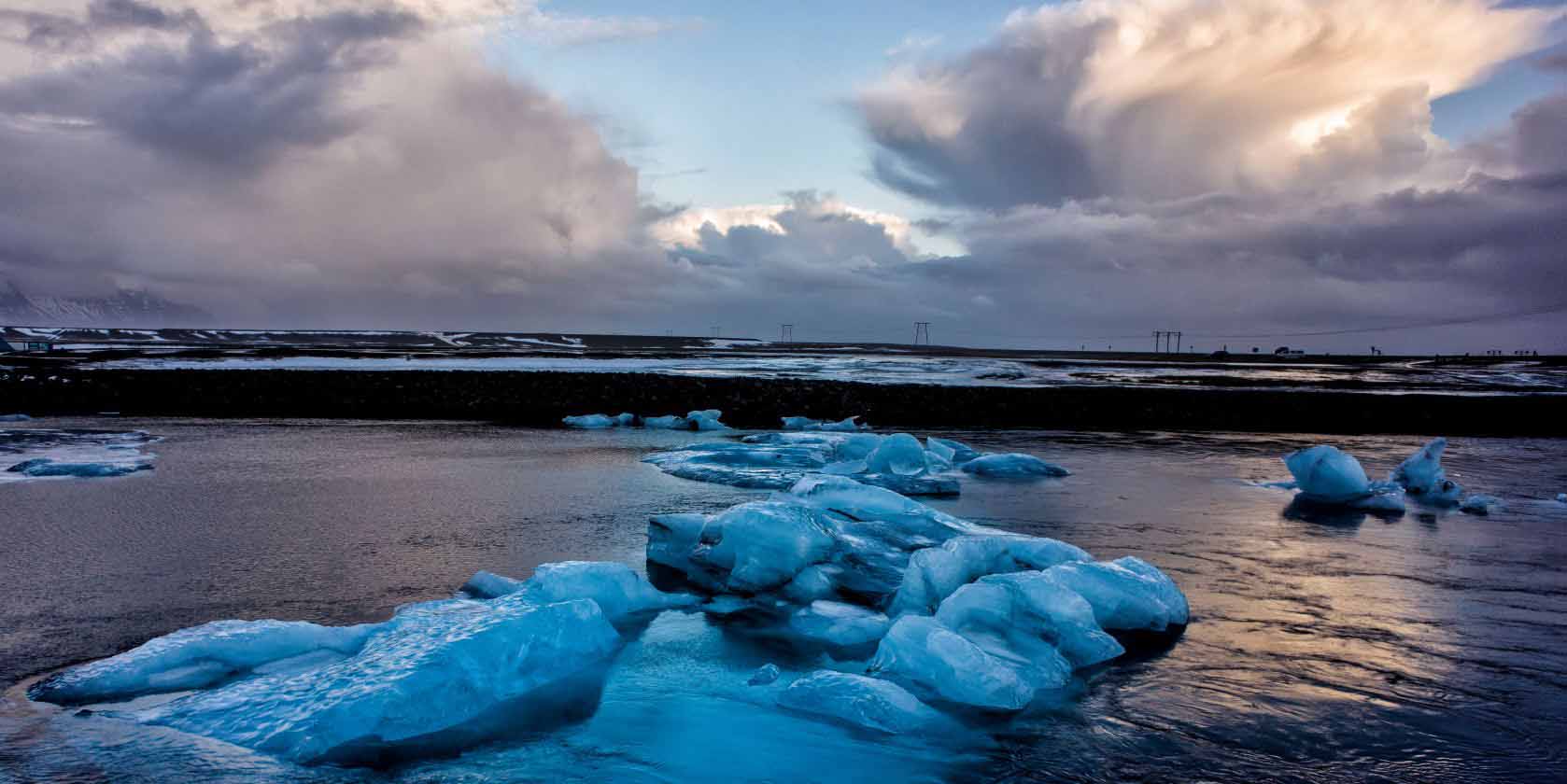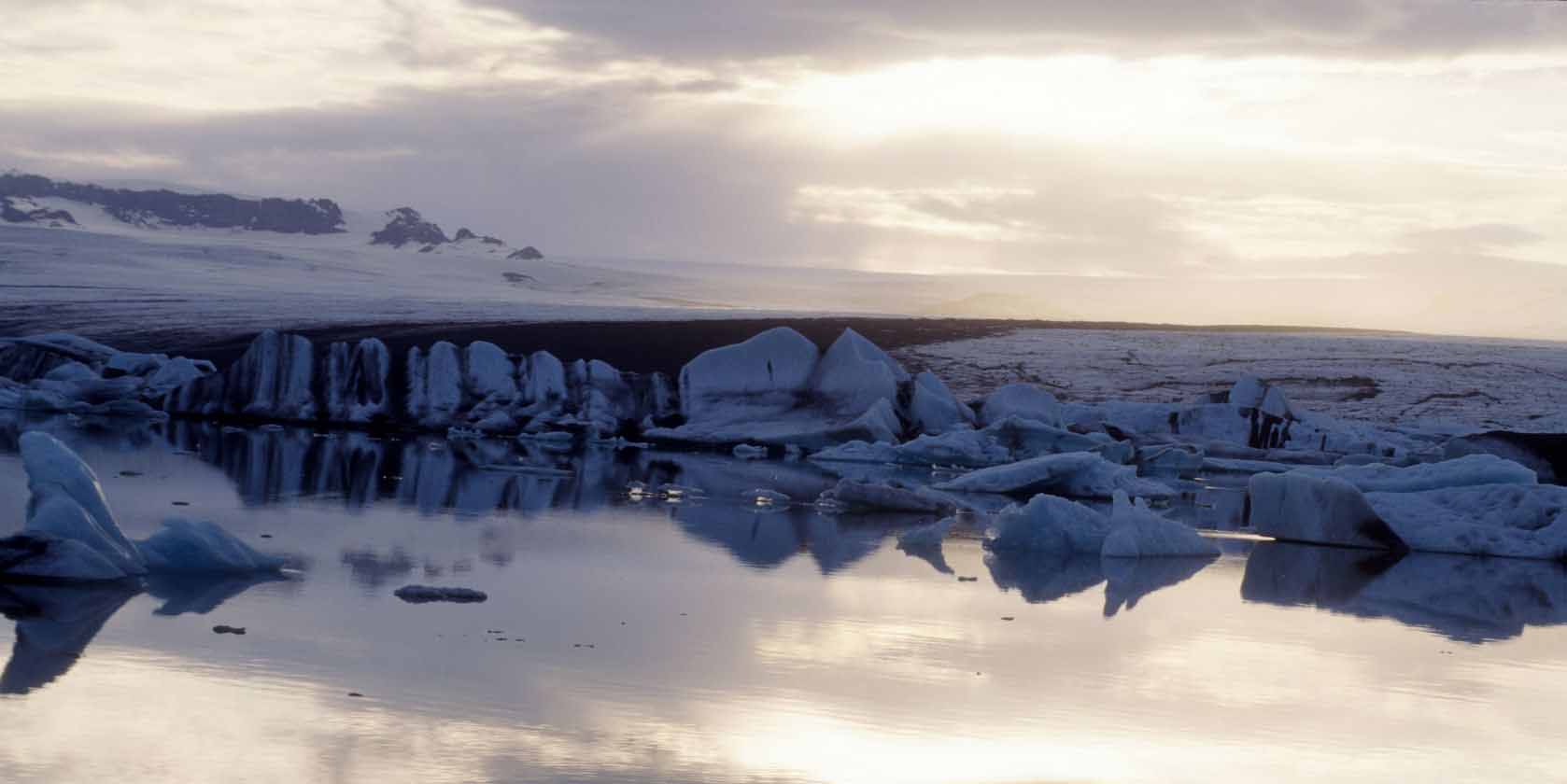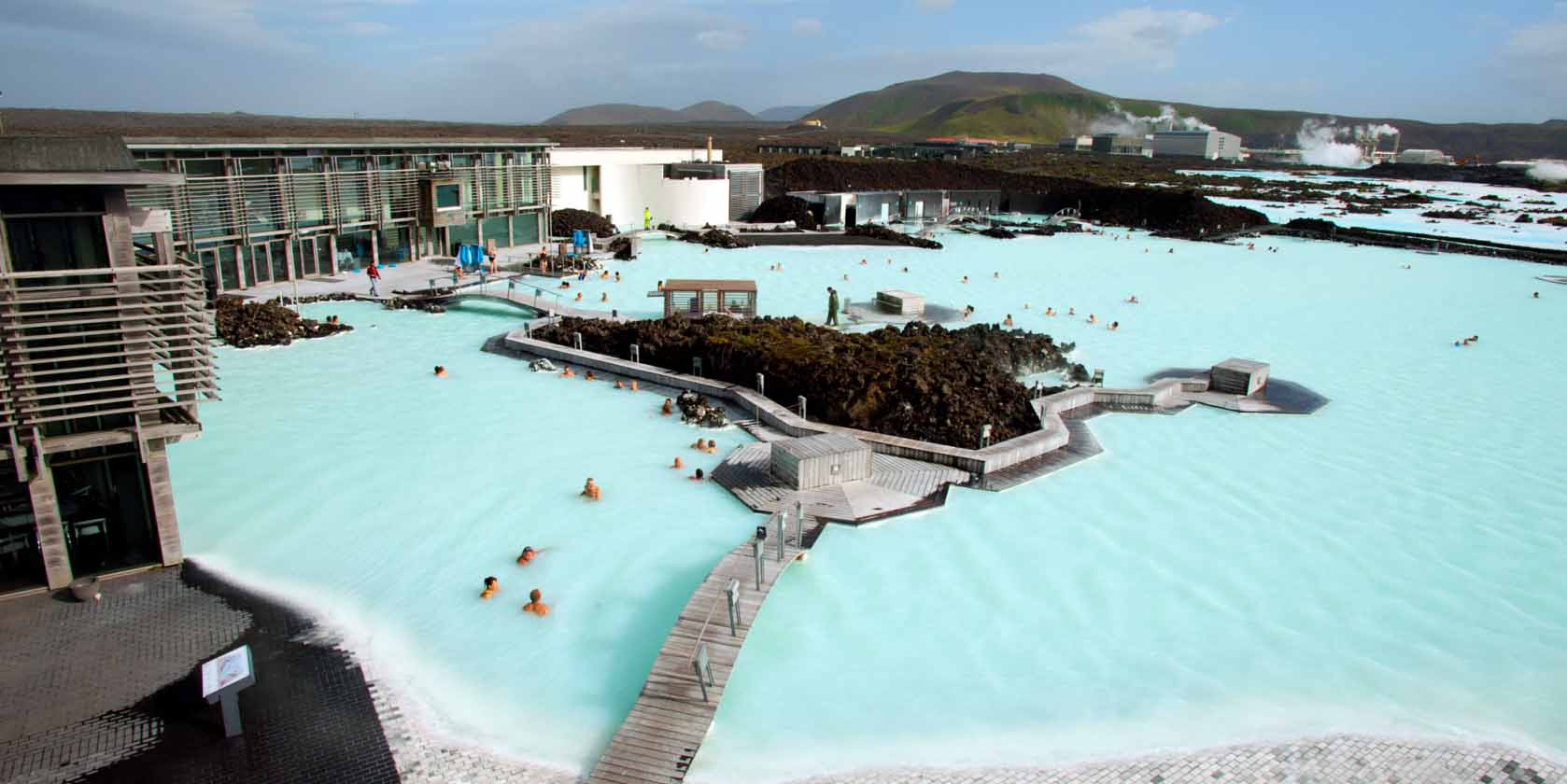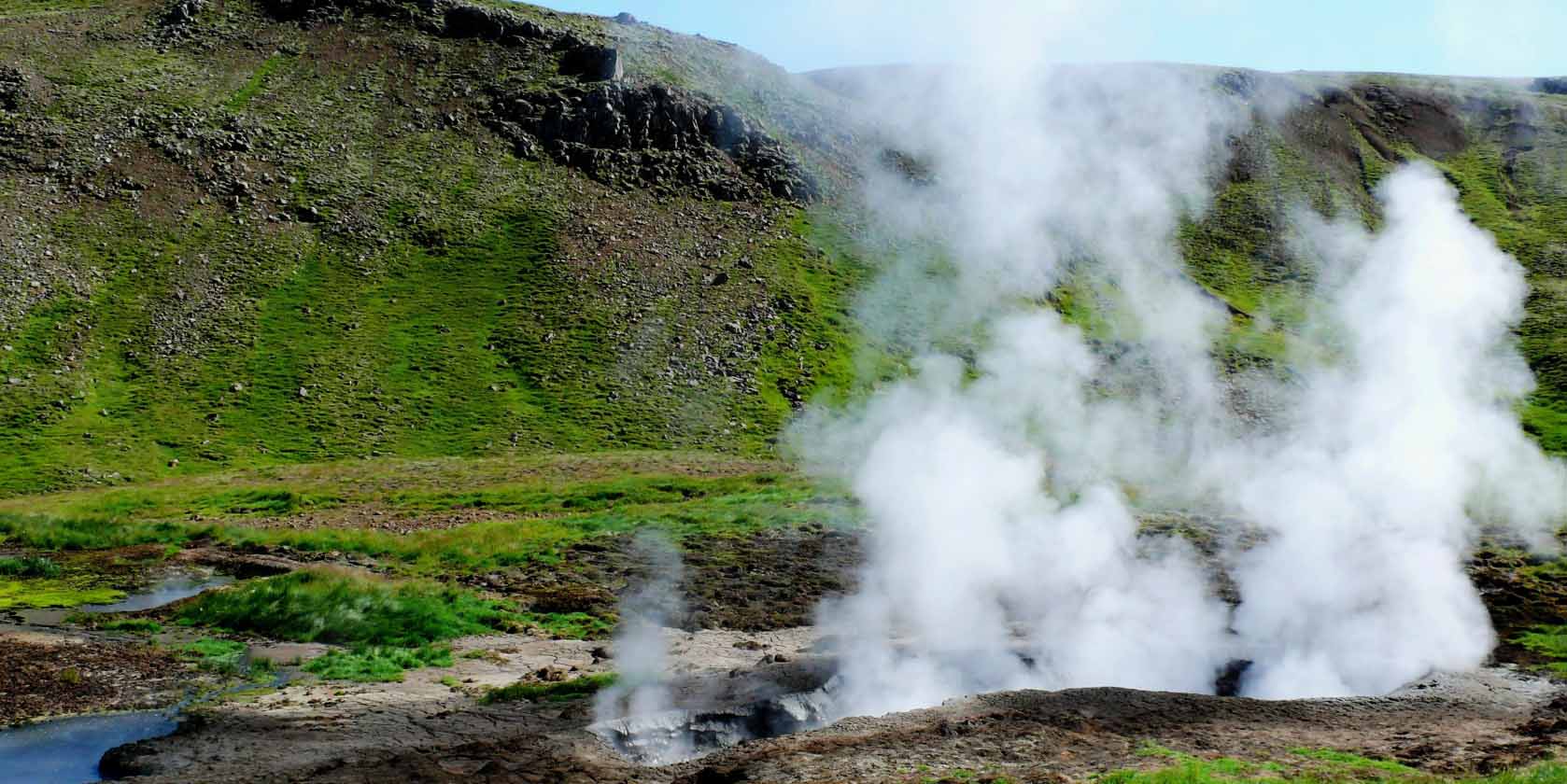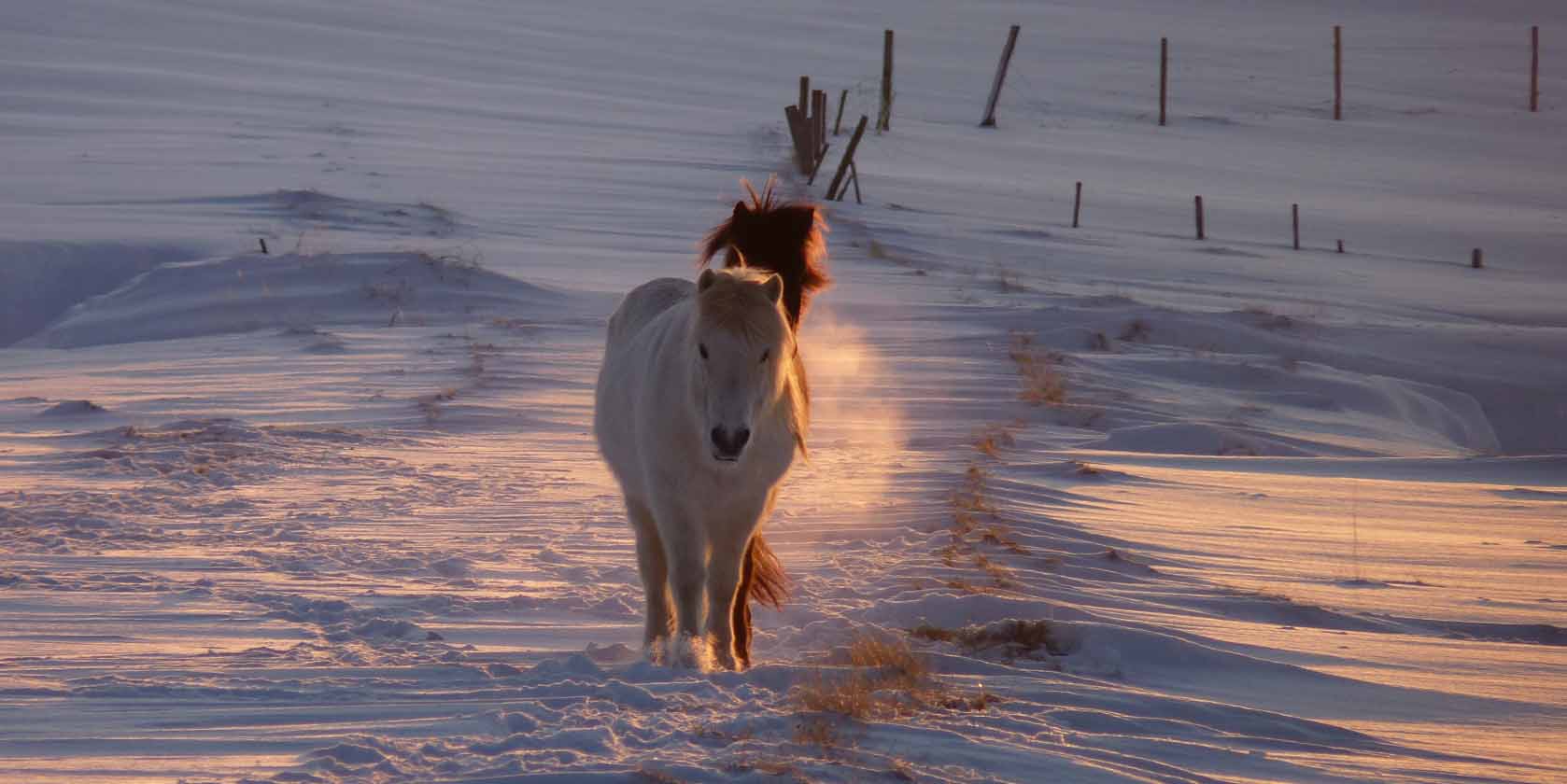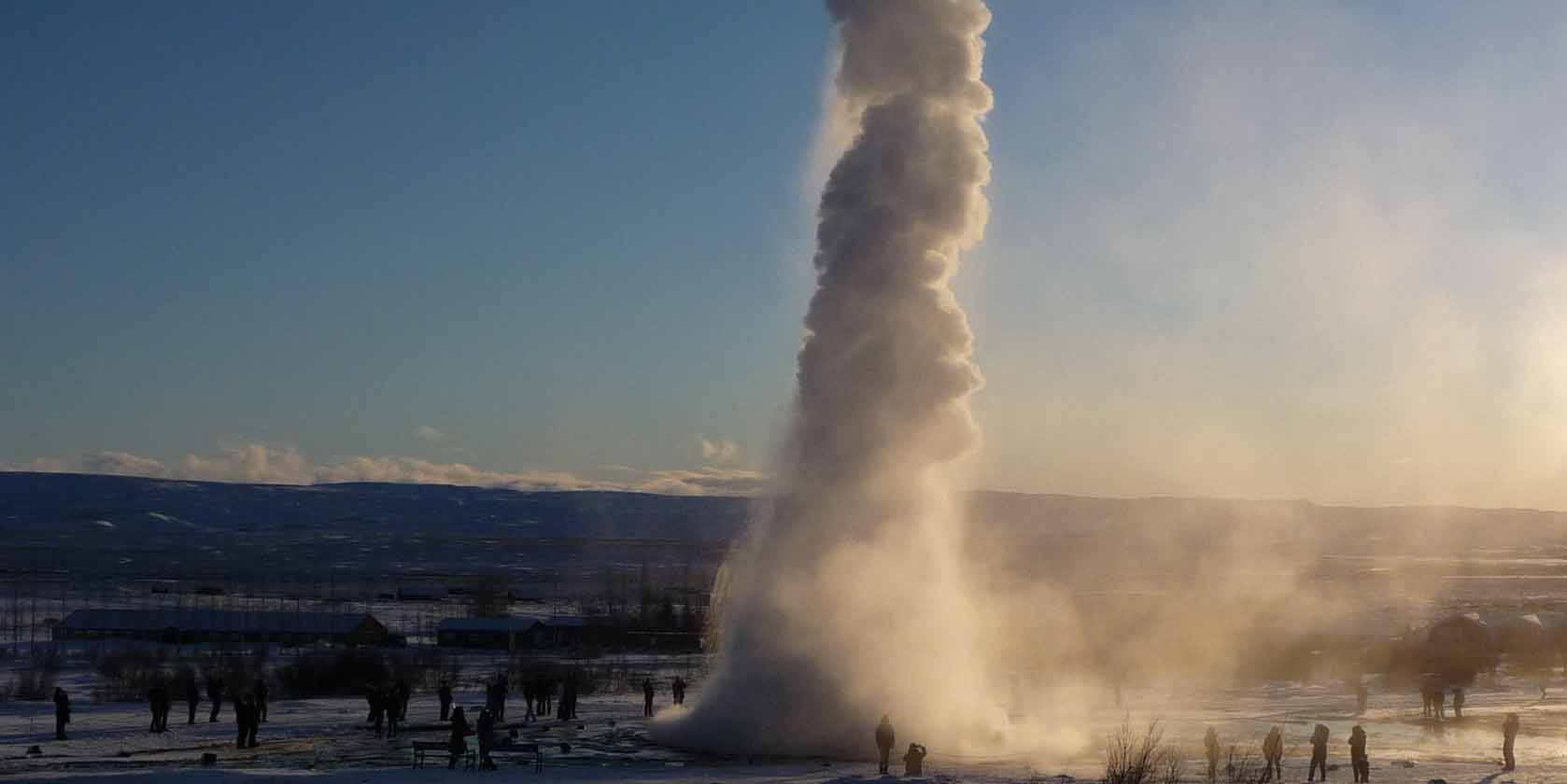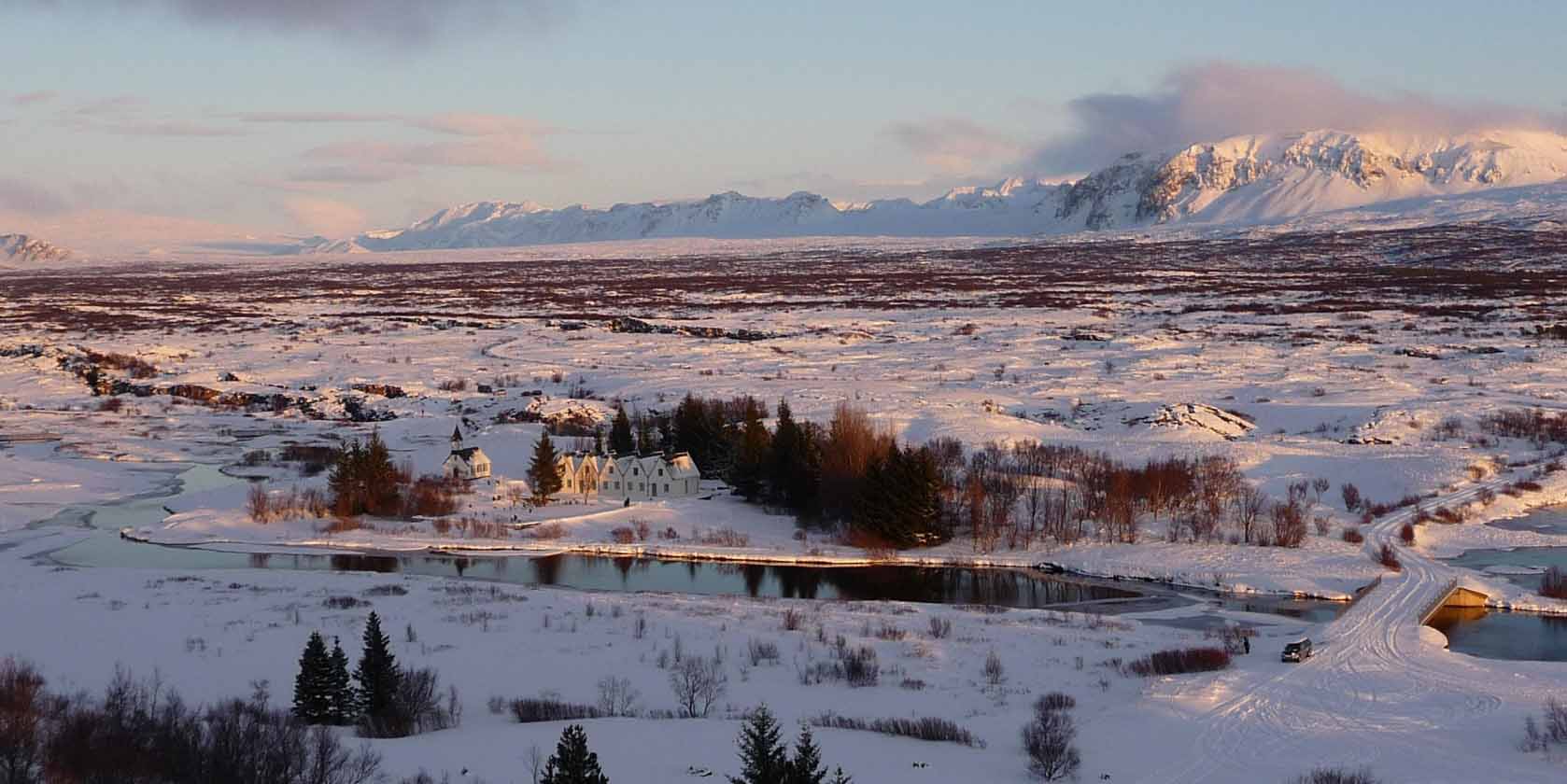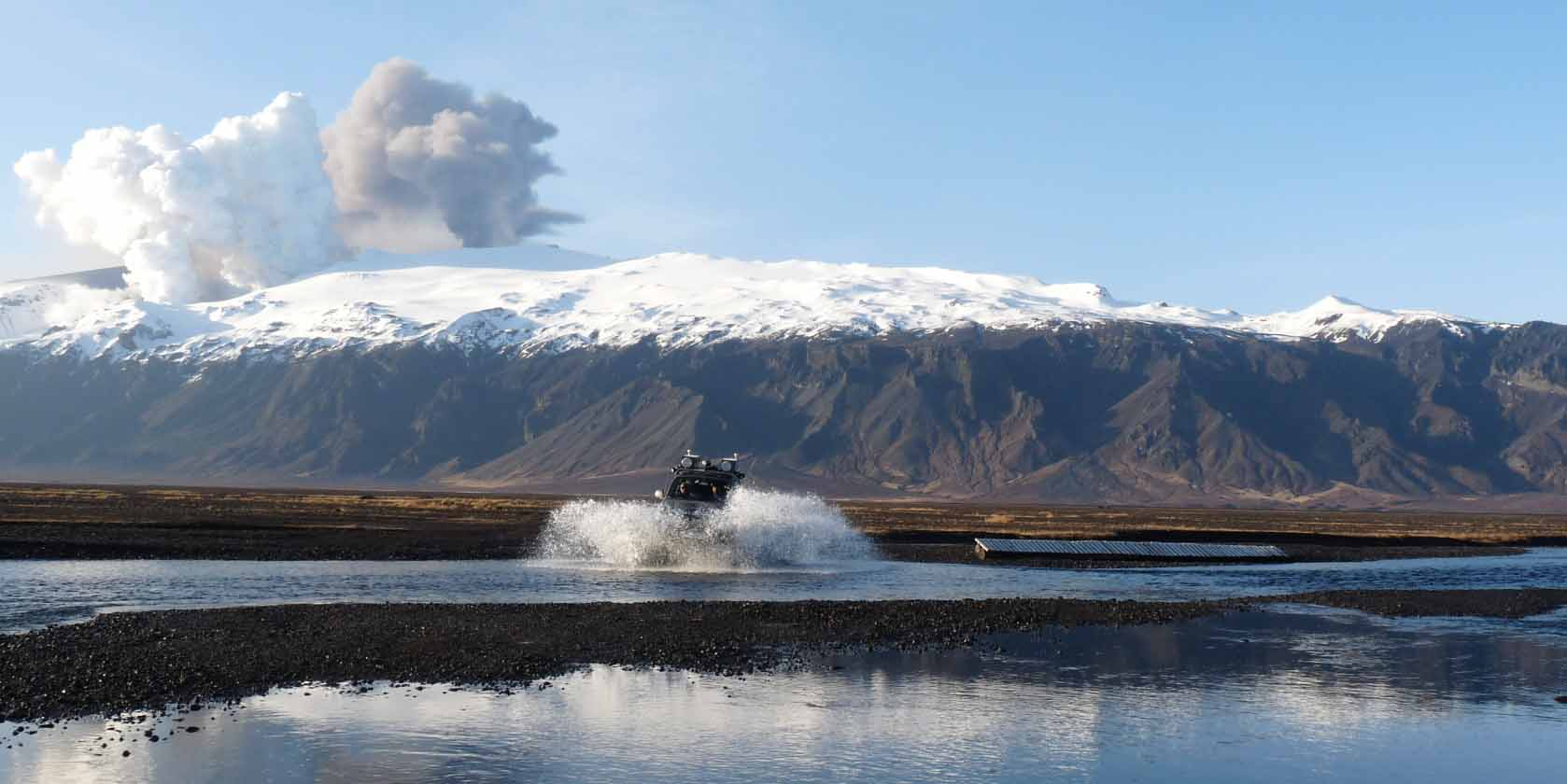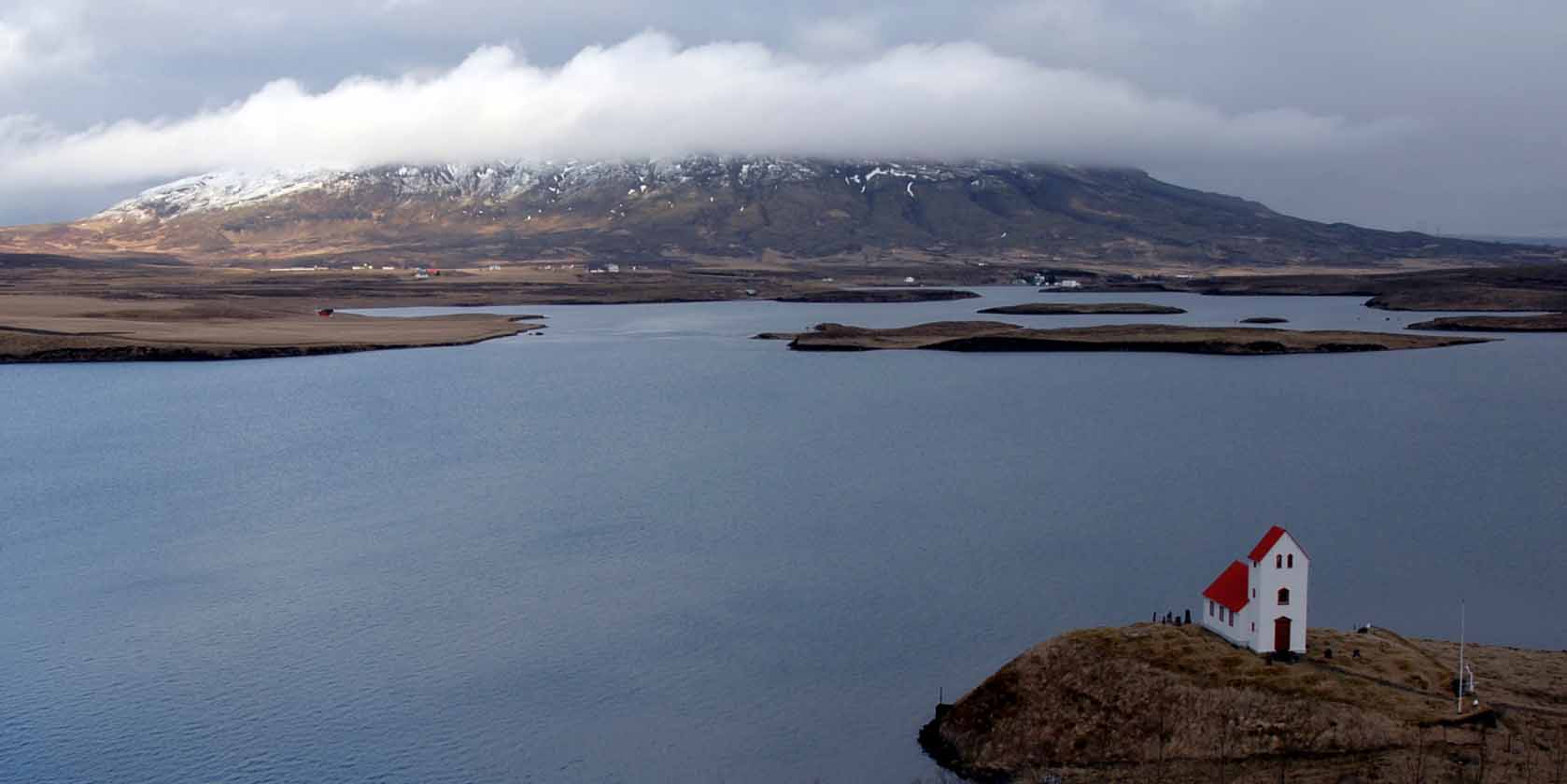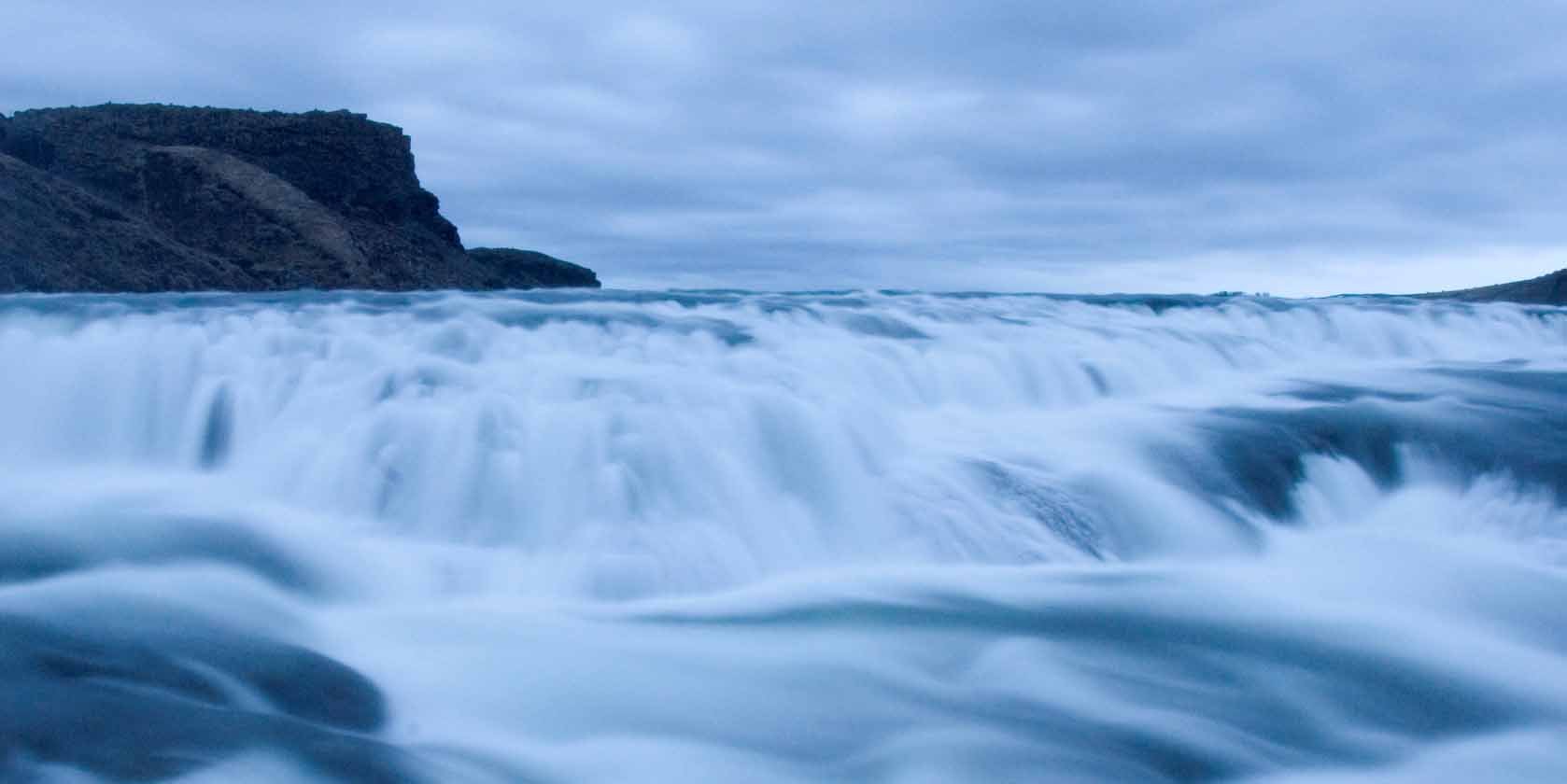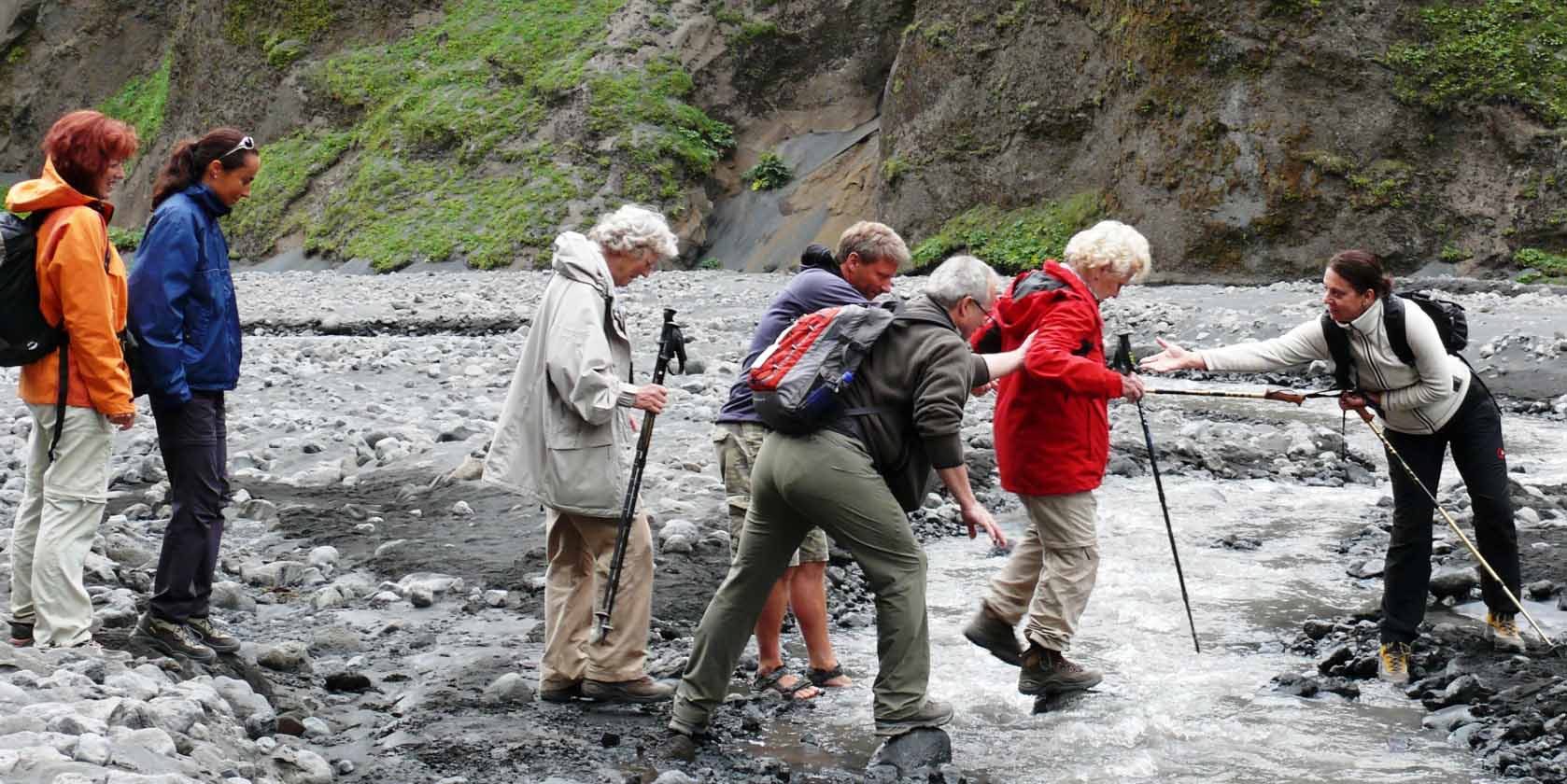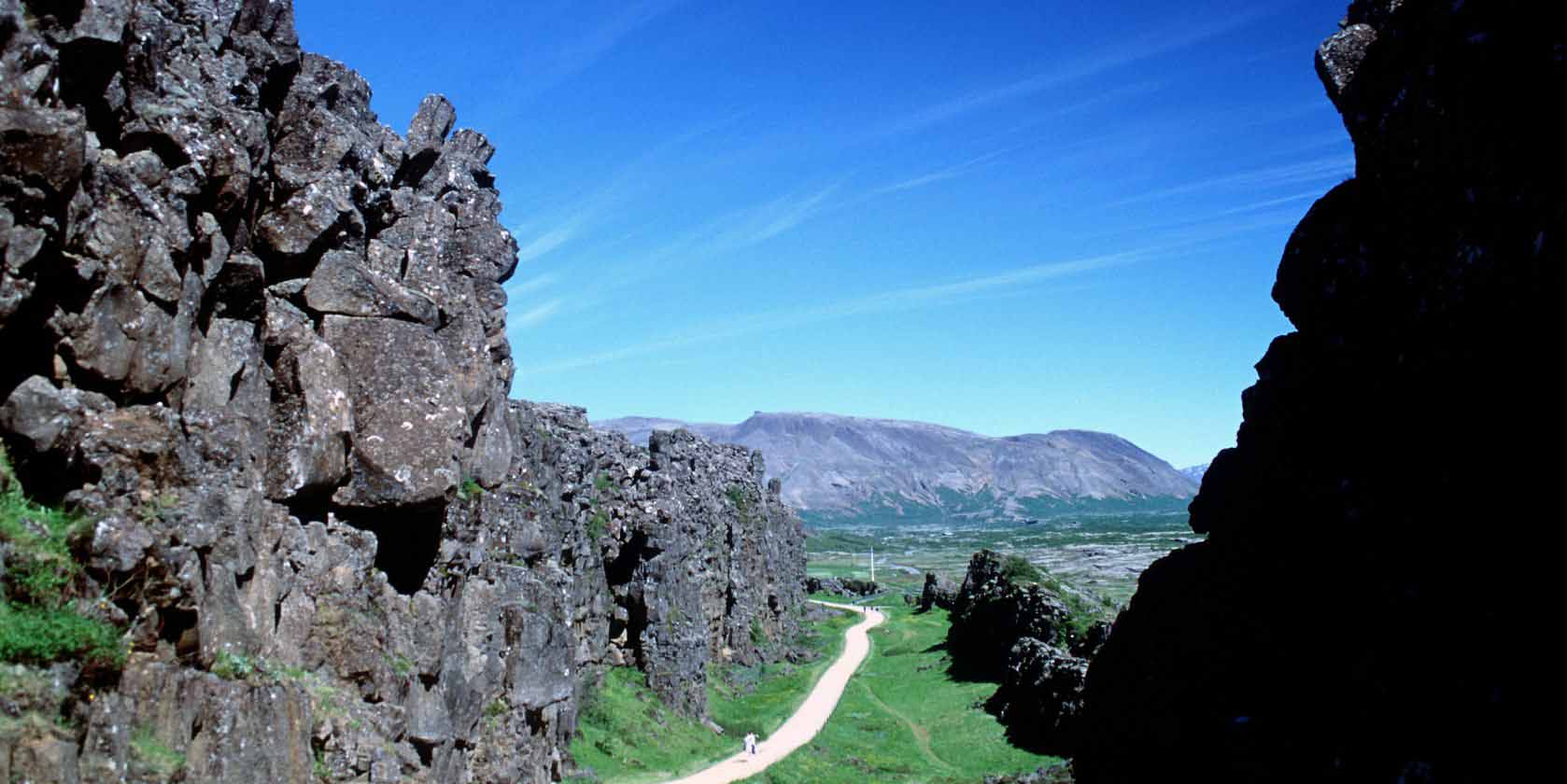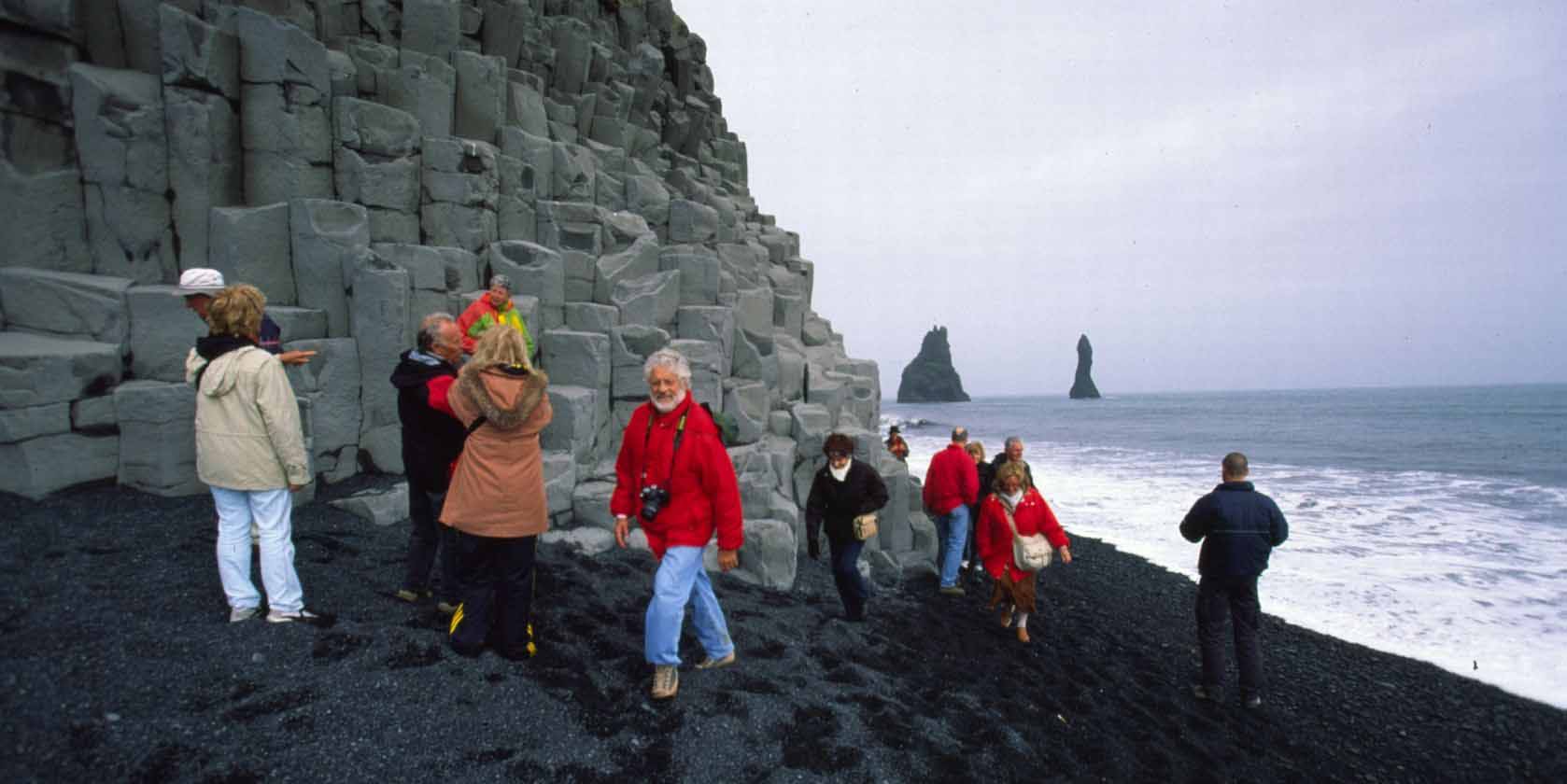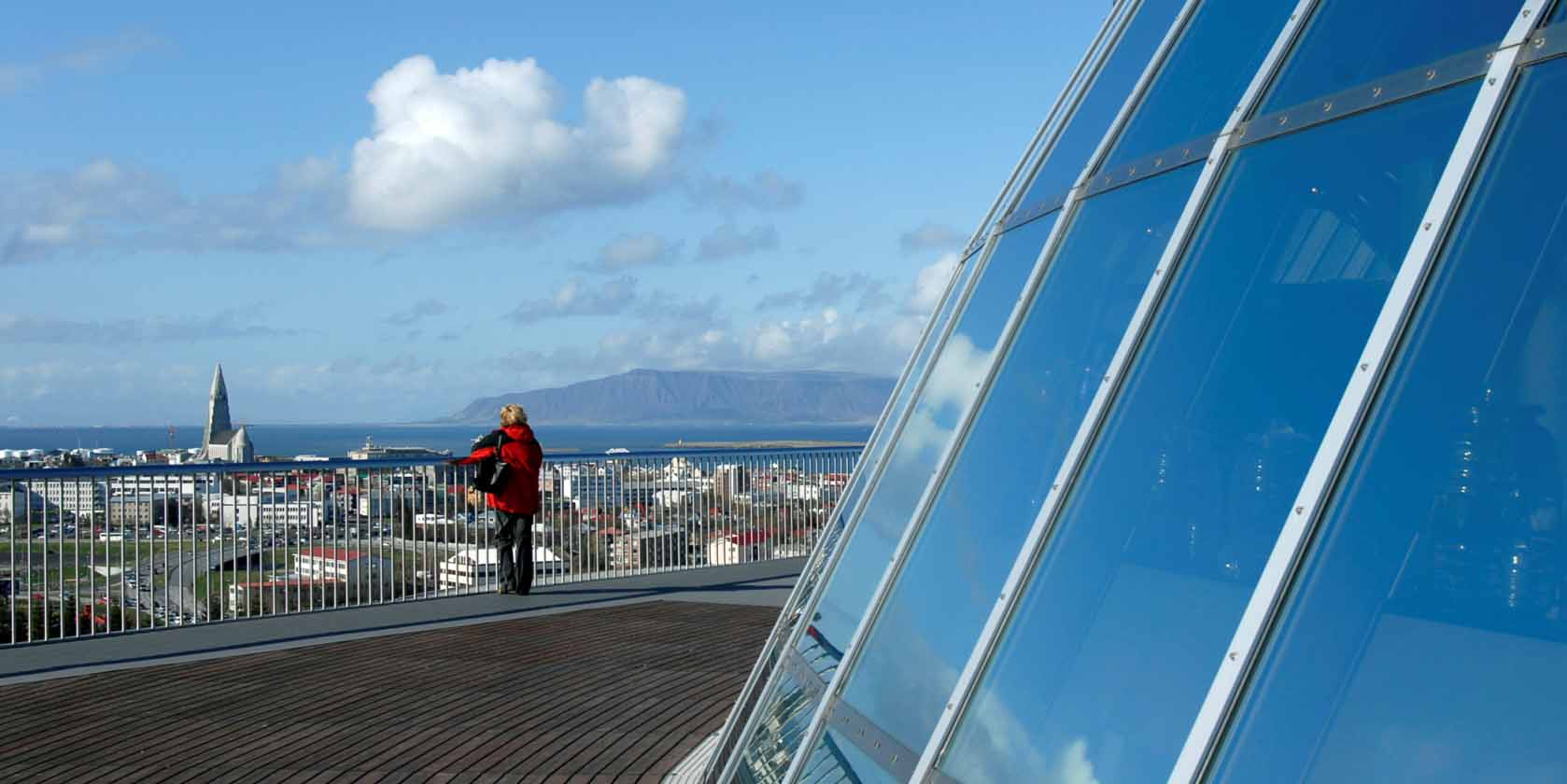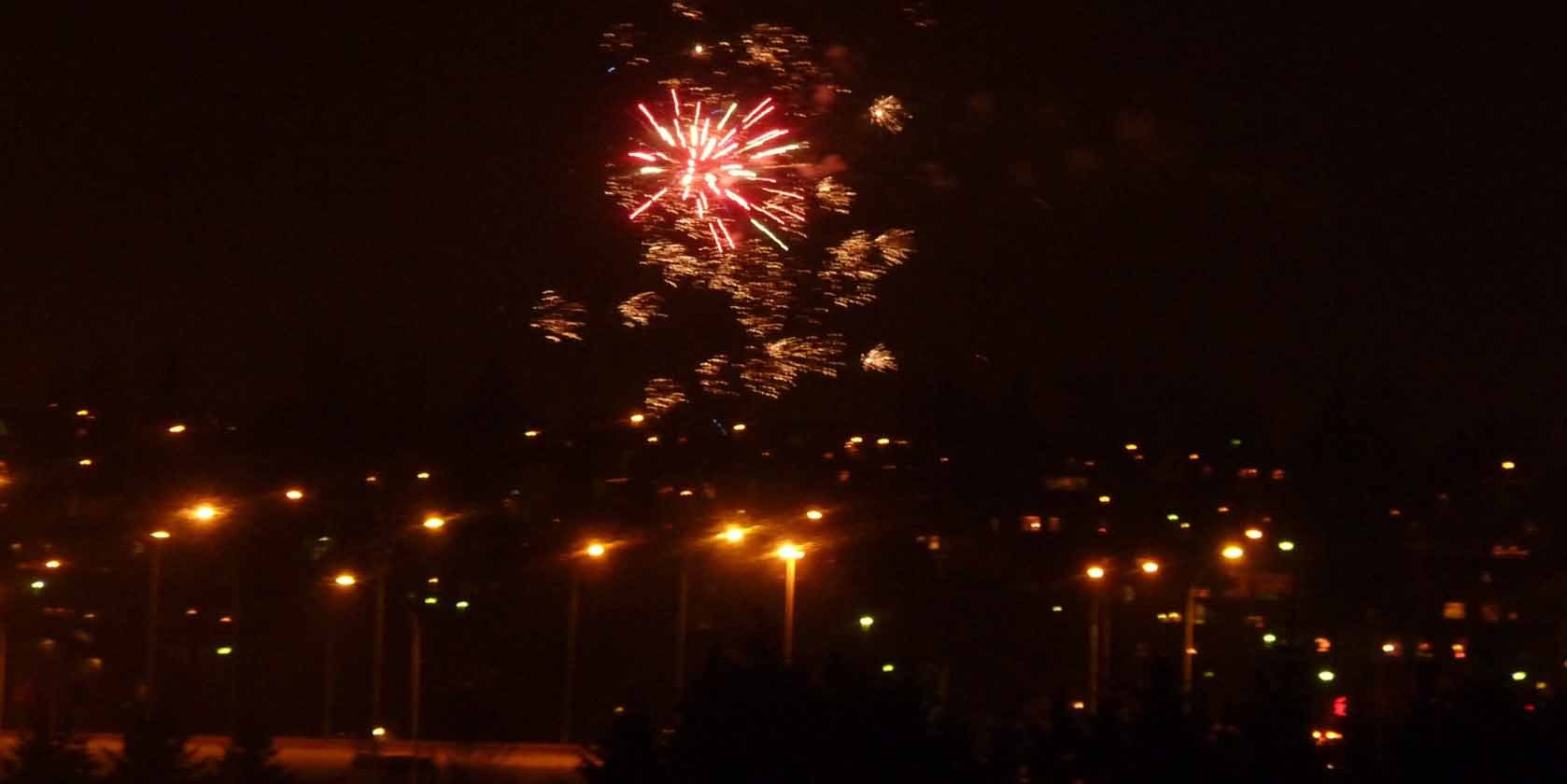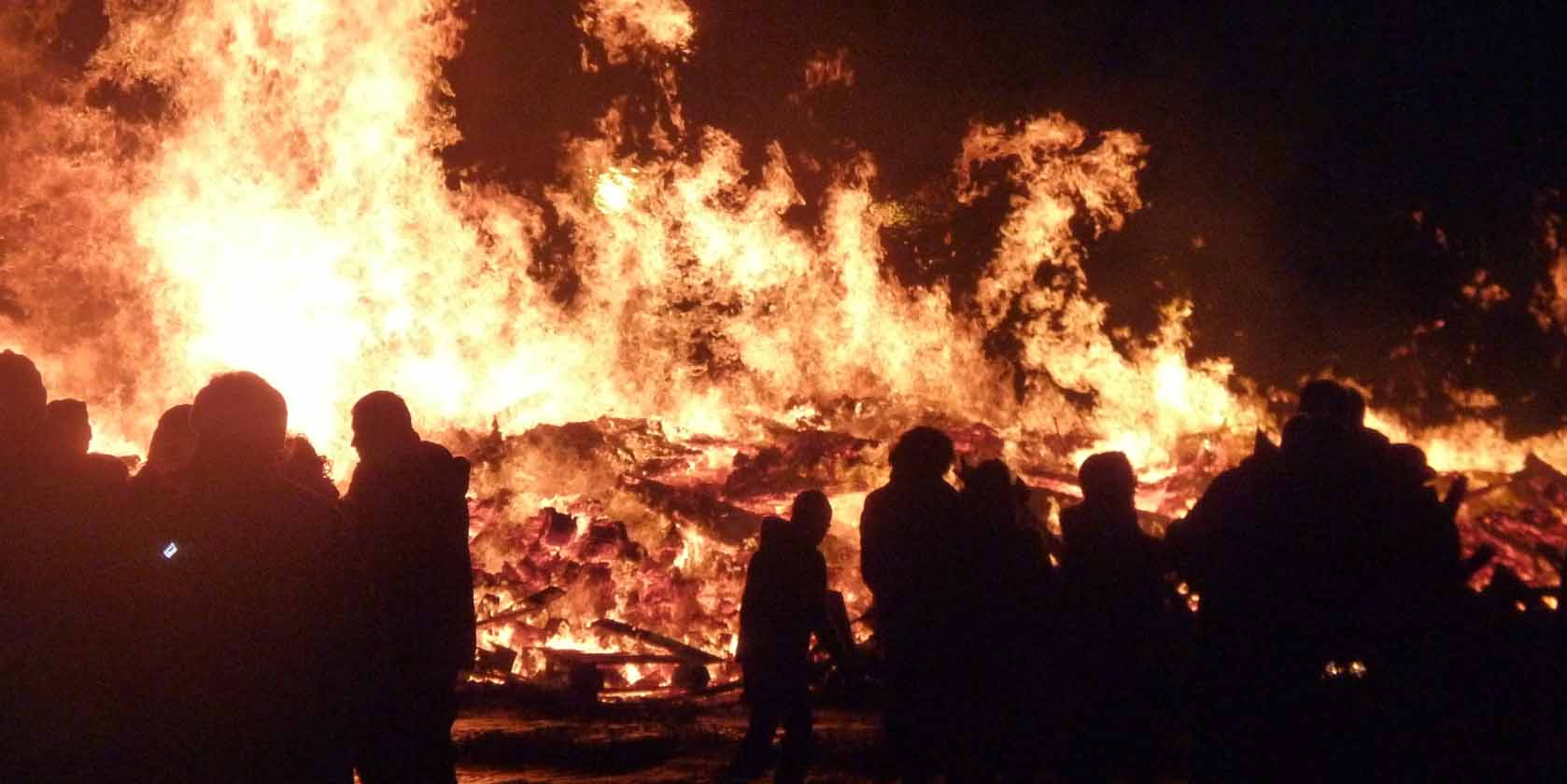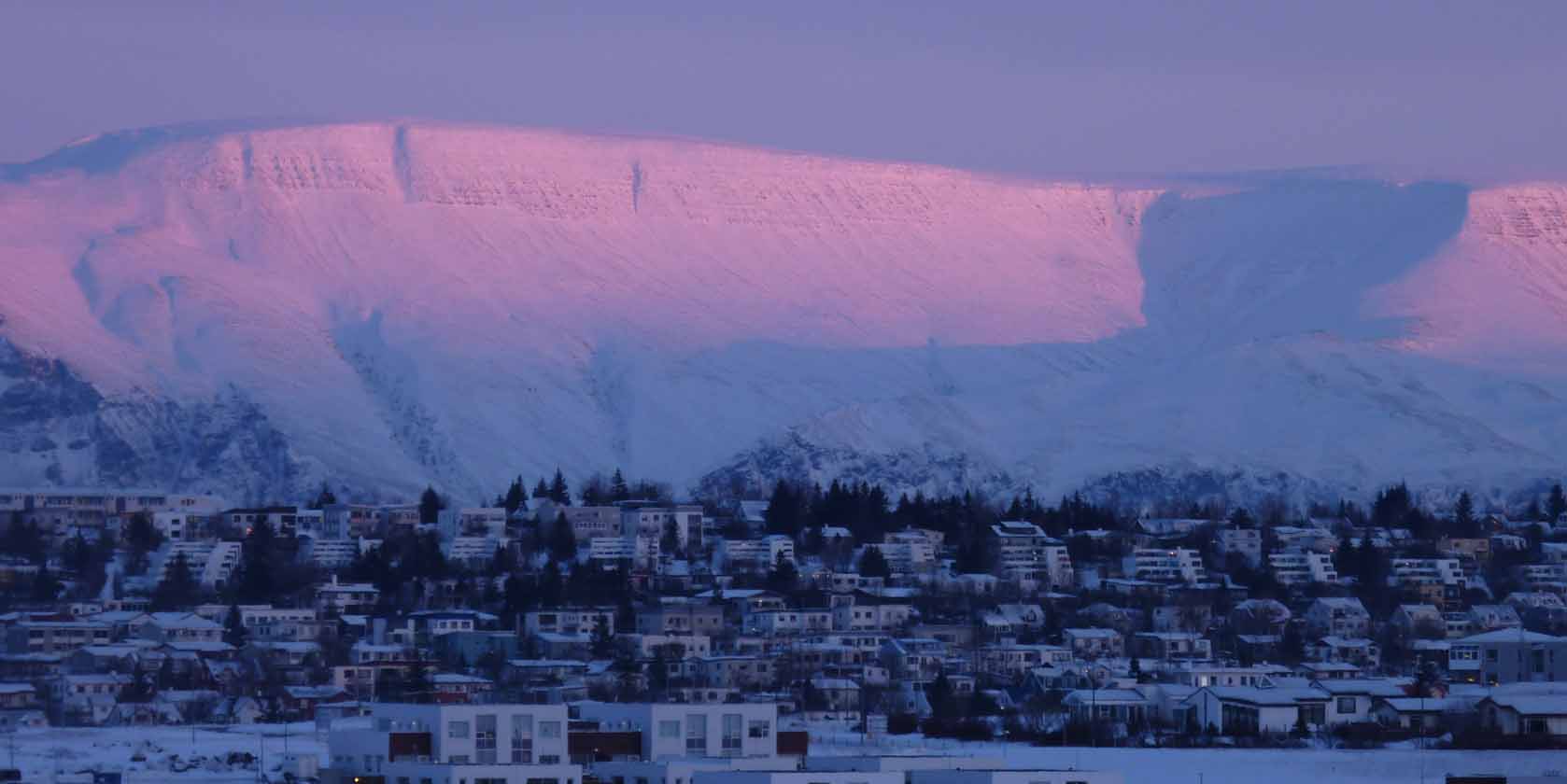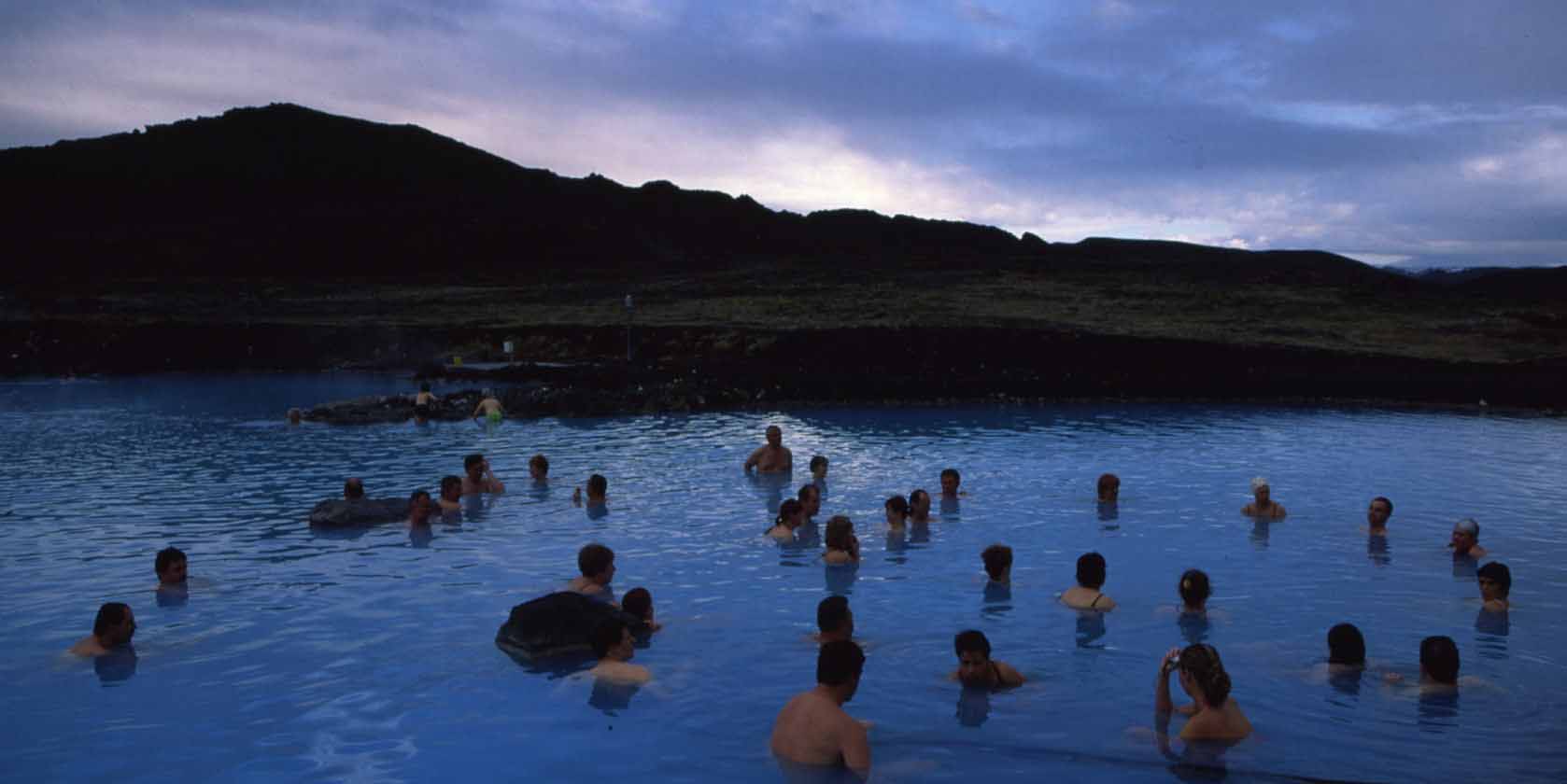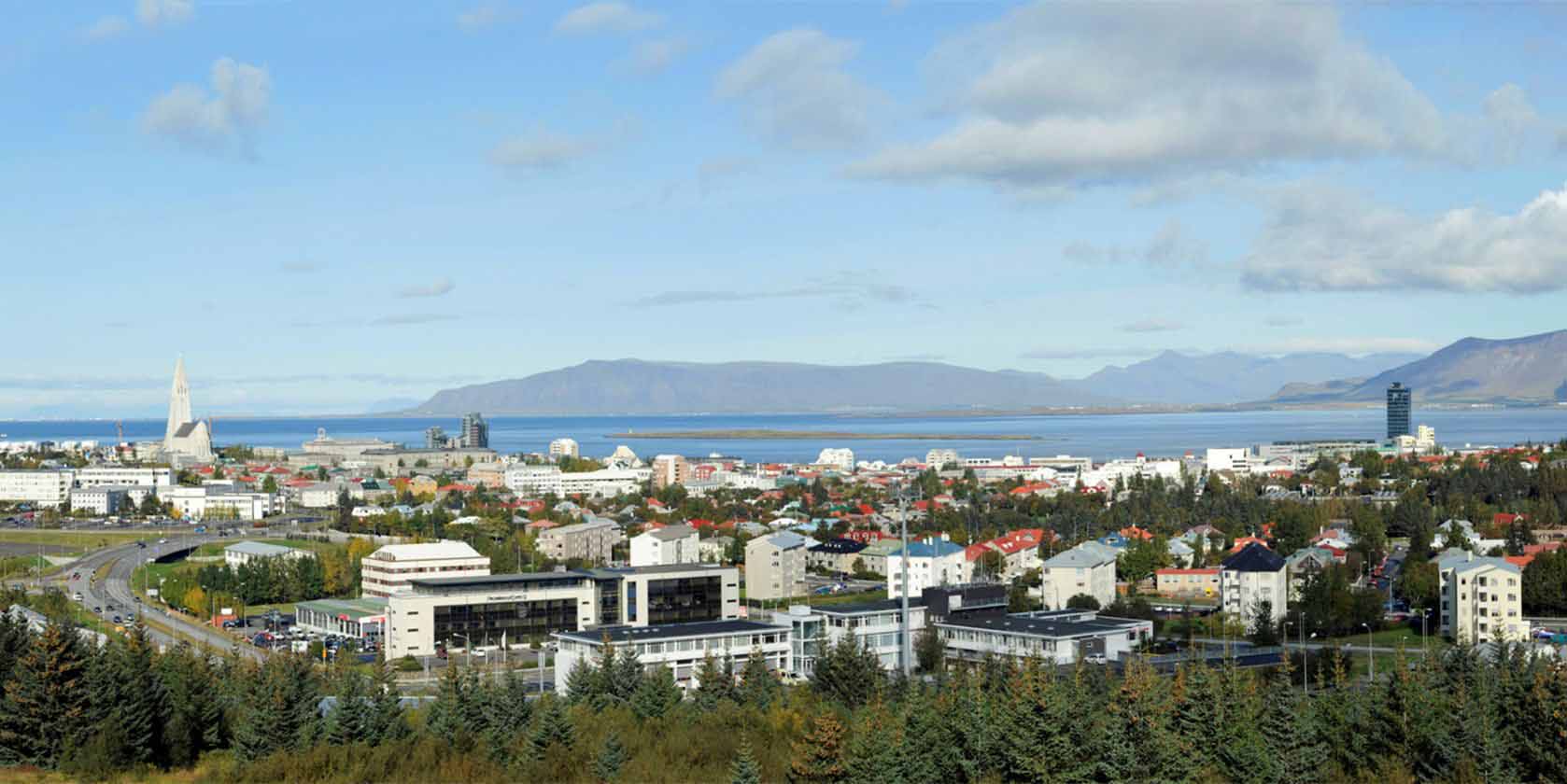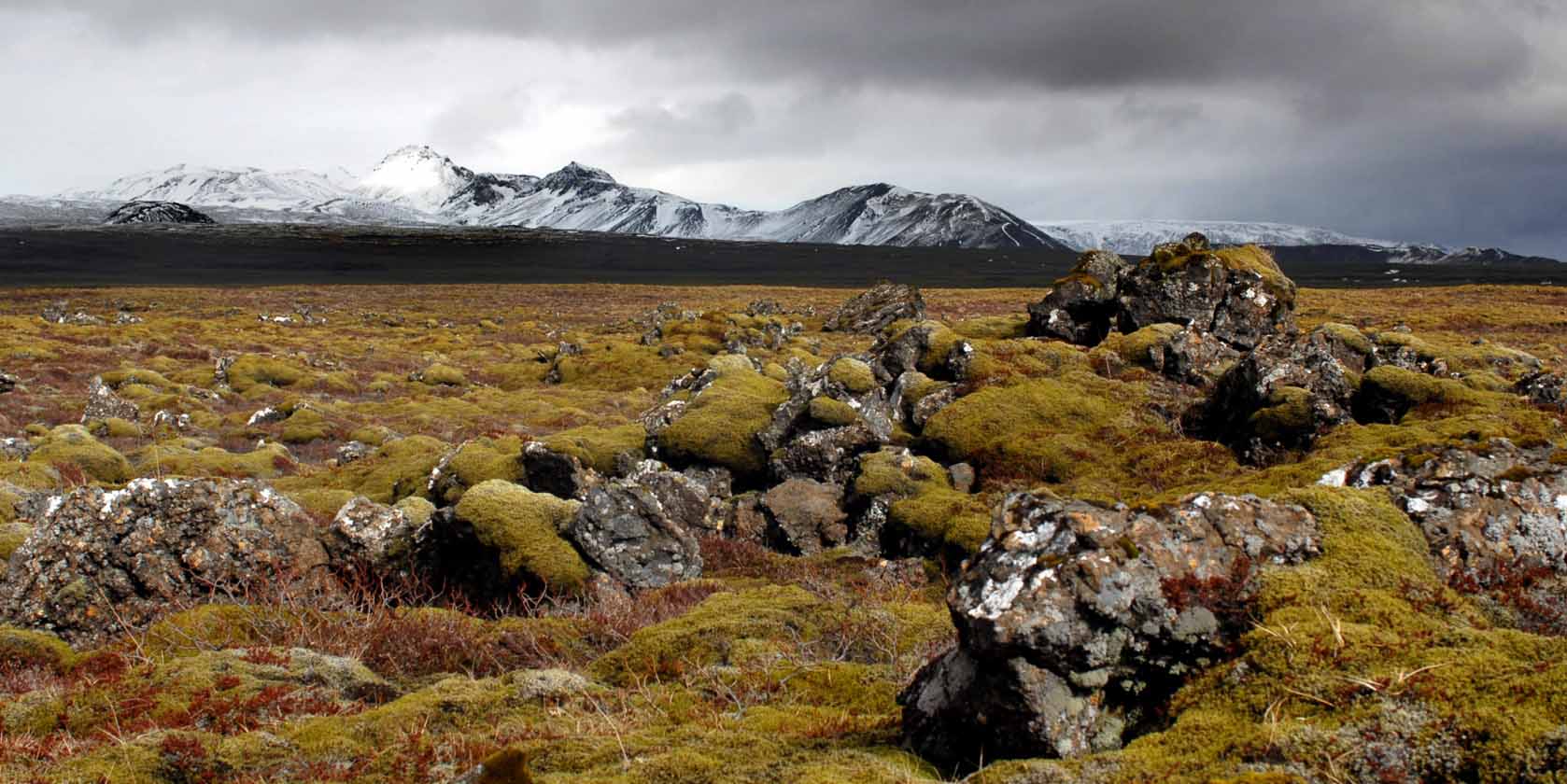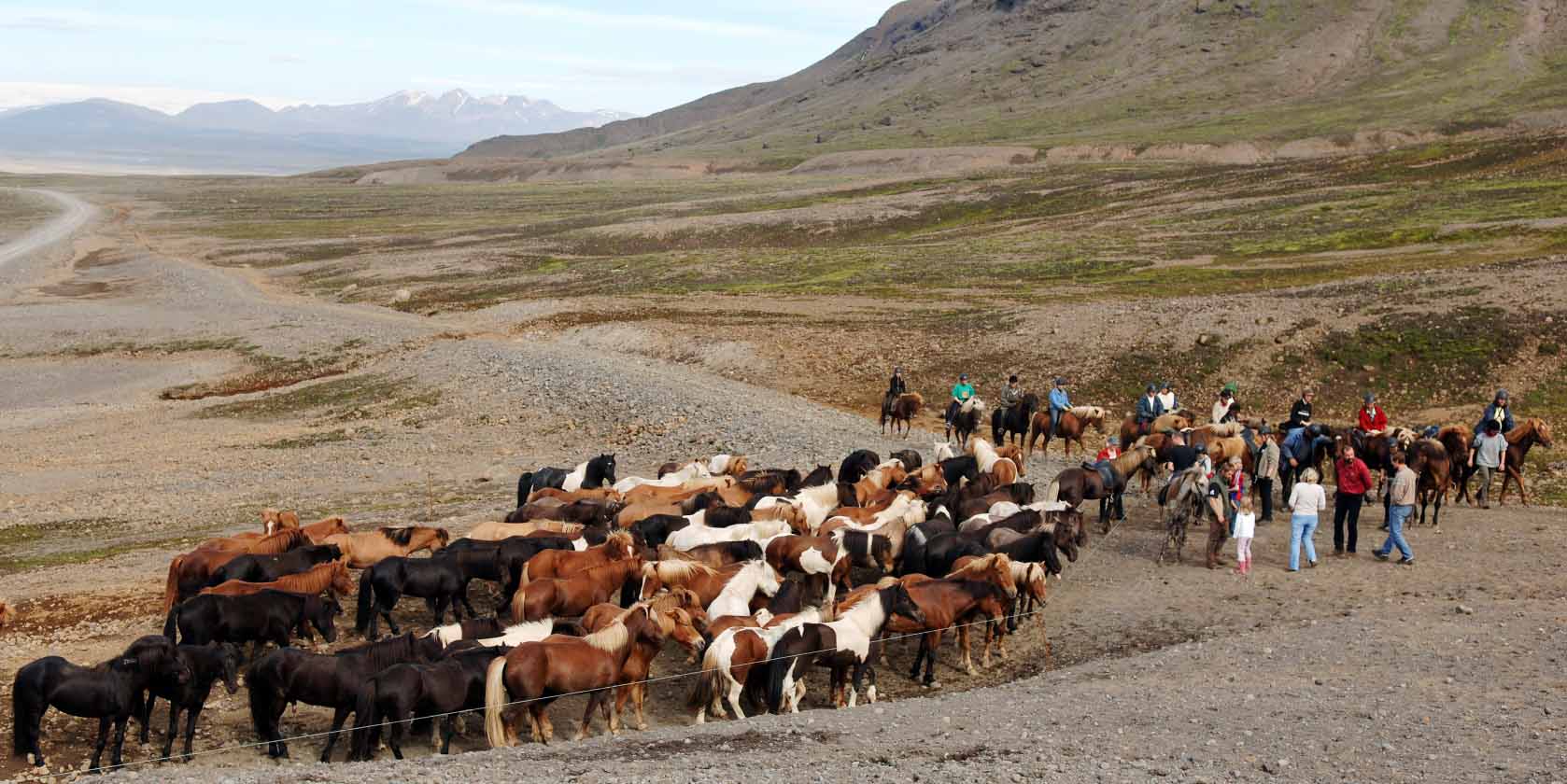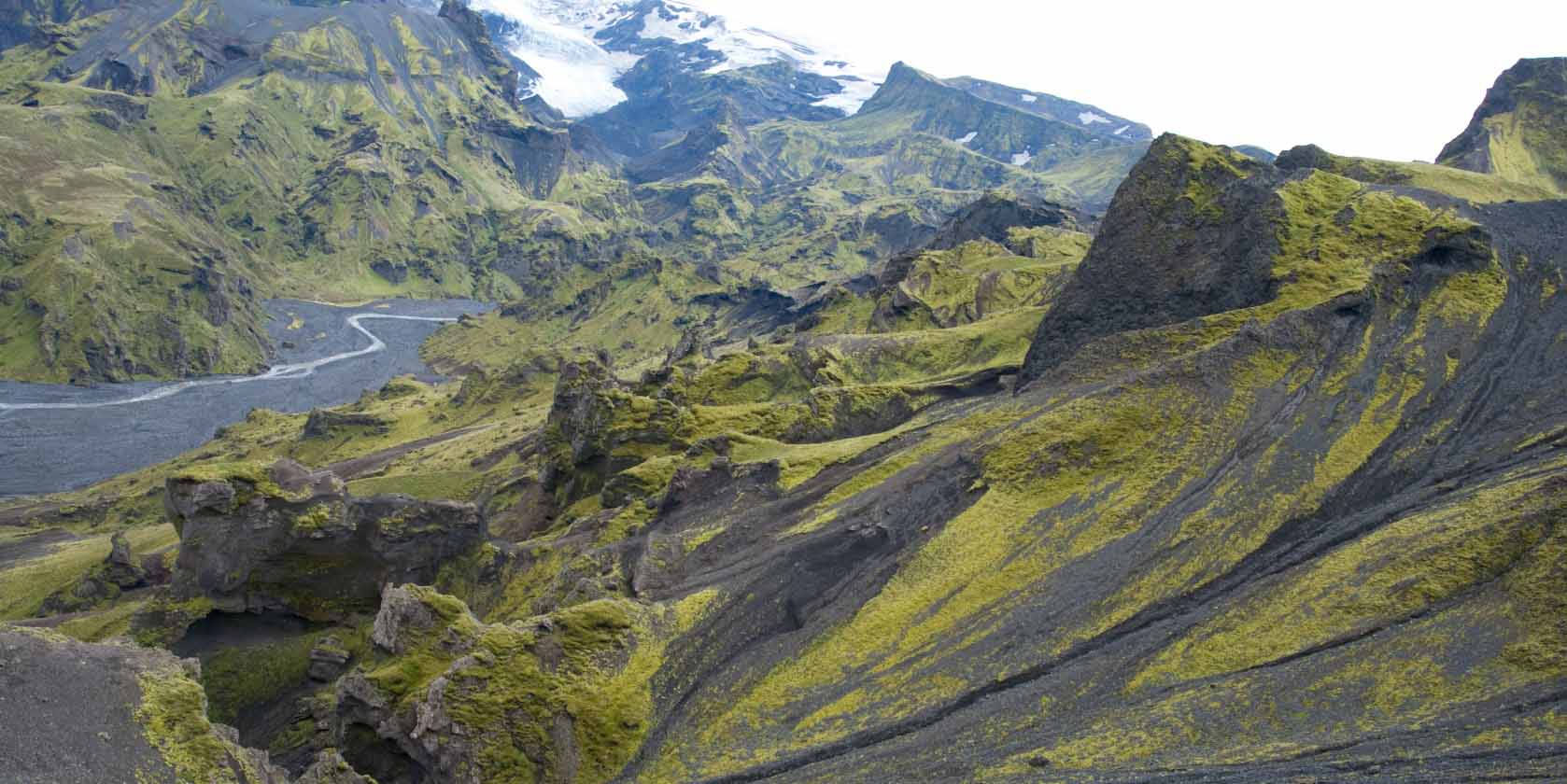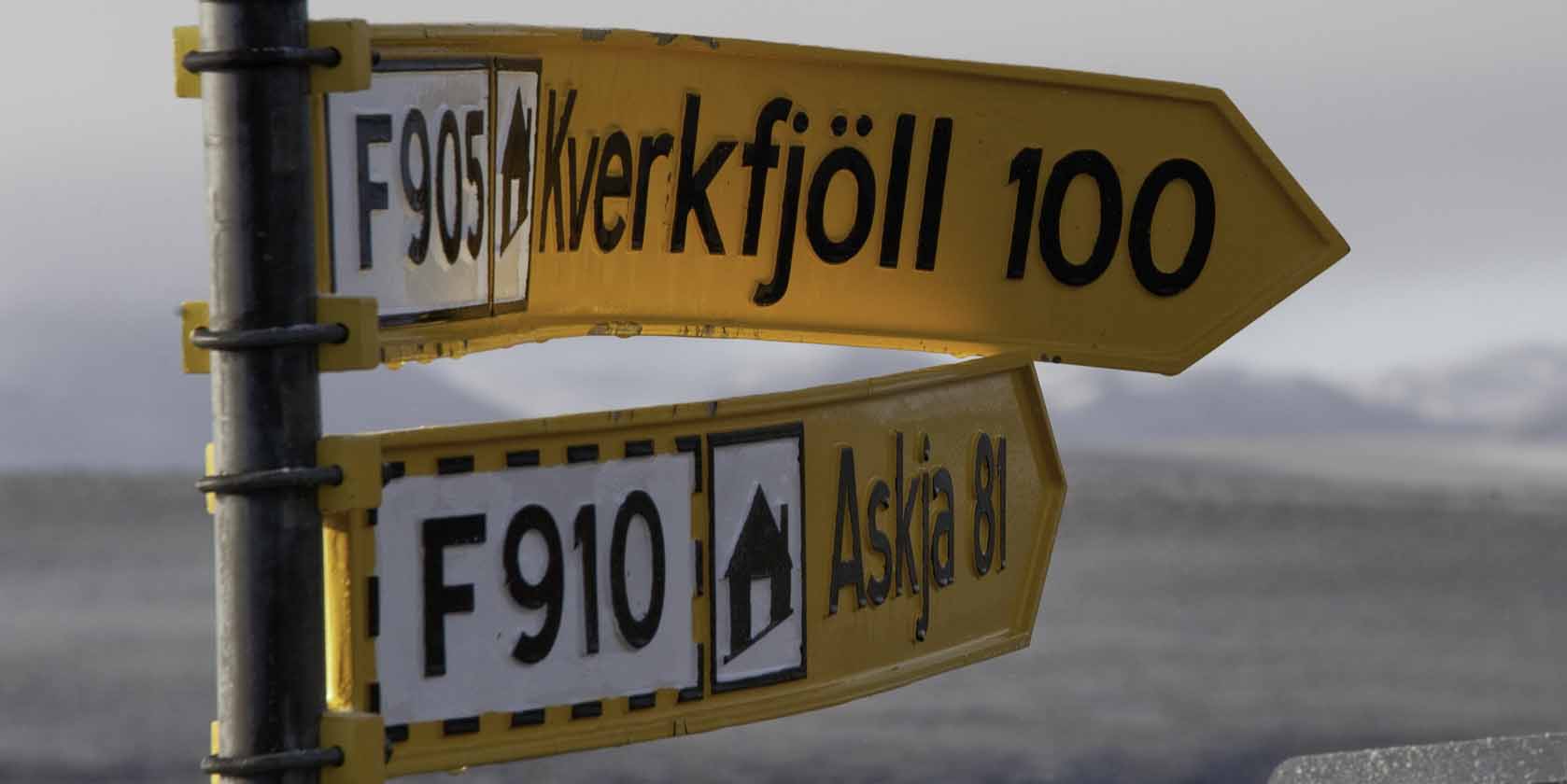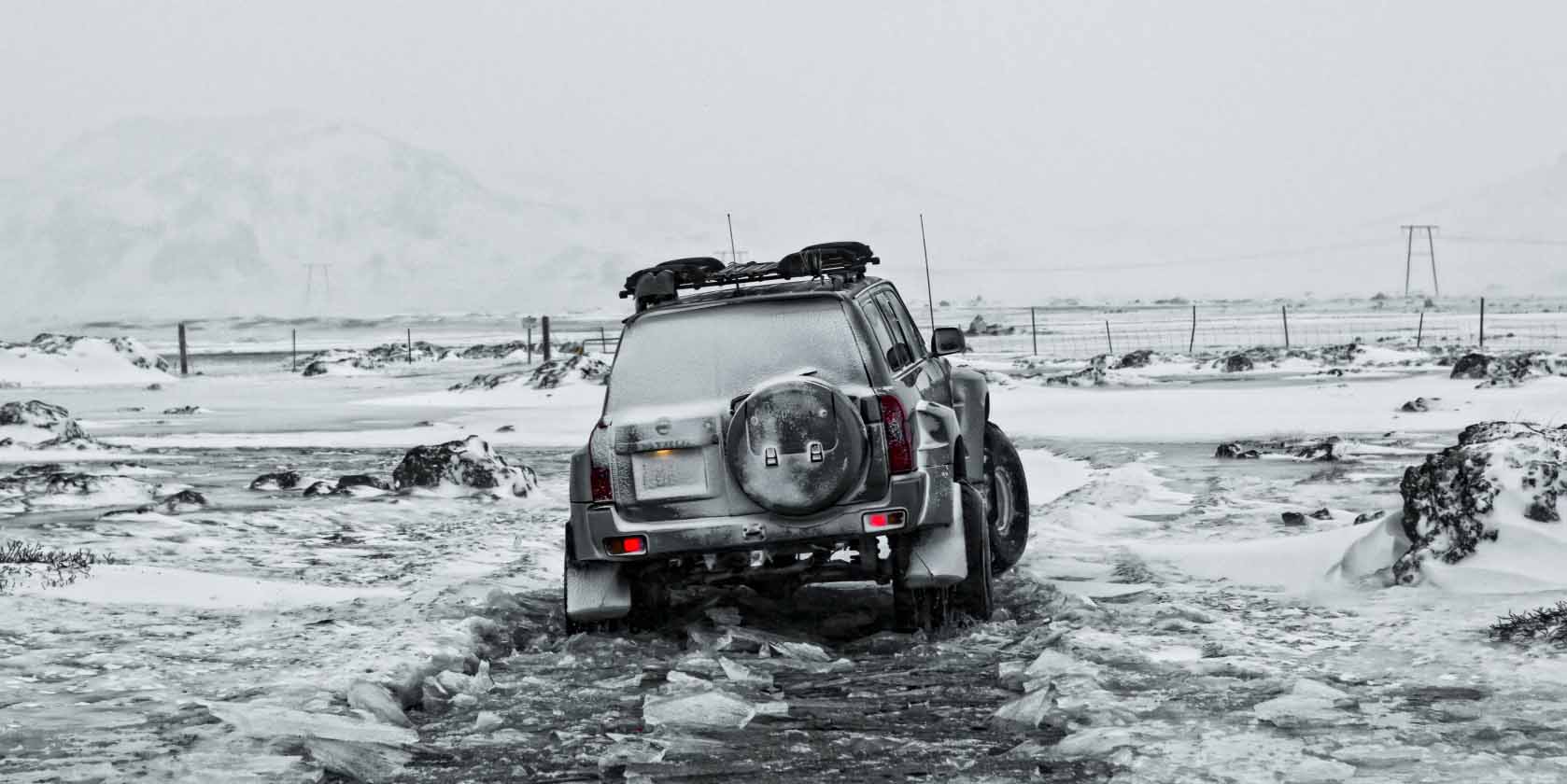Would you like to travel to Iceland ?
View our holiday packages
In the West of Iceland you find the Snaefellsnes peninsula and the stunning Snaefellsjokull glacier.

The Westfjords have many small villages which are mainly built around the fishing industry. Sea fishing is also an activity that is very popular for tourists in the fjords of Sudureyri and Flateyri.

Bizarre lava formations, Lake Myvatn, the bird life, lovely villages, steep mountains and islands off the coast. The famous Herring in Siglufjordur and the Icelandic horse have a long tradition in the North.

East Iceland has amazing landscape contrasts. There is everything from impressive fjords, friendly and peaceful fishing villages, and fertile wooded valleys. All this is framed by spectacular mountain ranges, and the migthy Vatnajokull glacier.

Vatnajokull, the largest glacier in Europe, dominates the south eastern part of Iceland. Skaftafell National park is ideal for walks and a boat ride on Jokulsarlon is not to be missed. One of Iceland's most famous waterfall, Svartifoss, is also to be found in the area.

Nowhere else in the world is the gap between the Eurasian and American tectonic plates so cleary visible. Thingvellir National Park is the most important historic site of Iceland where the first democratic parliament was found. The Geysir area and the Blue lagoon are also other popular places in the South.

The word Reykjavik is Icelandic for "smoky bay". The city is the oldest permanent settlemet in the country, the area grew very slowly and in 1786 officially became a city.

The Icelandic Higlands are areas that exceed 200 meters (according to the Icelandic encyclopedia), that is 75% of the total area of Iceland.





